Introduction
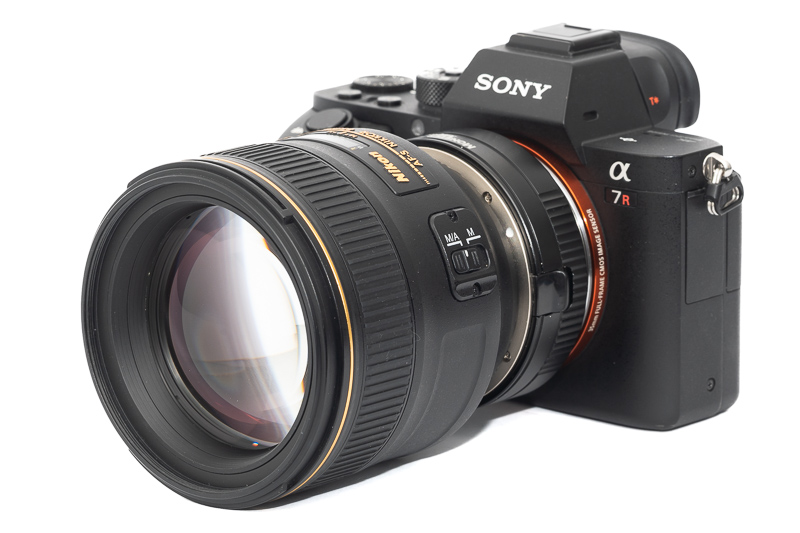
From 2010 to 2023 this Nikon AF-S 85mm 1.4G had been Nikon’s top of the line fullframe fast 85mm portrait tele lens. I personally used it back in the day on Nikon DSLRs until I switched to Sony’s mirrorless cameras. Now that we have decent AF adapters for these Nikon lenses I thought it would be a good idea to revisit it and see if it is still a lens worth considering today.
Sample Images
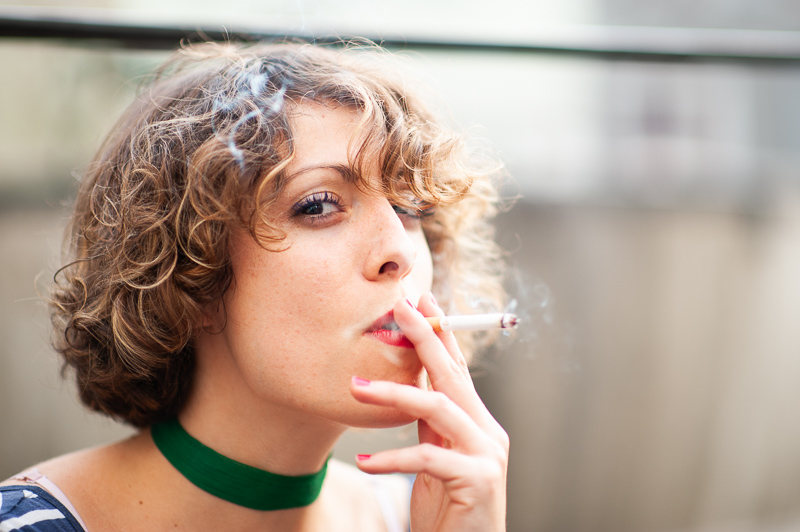
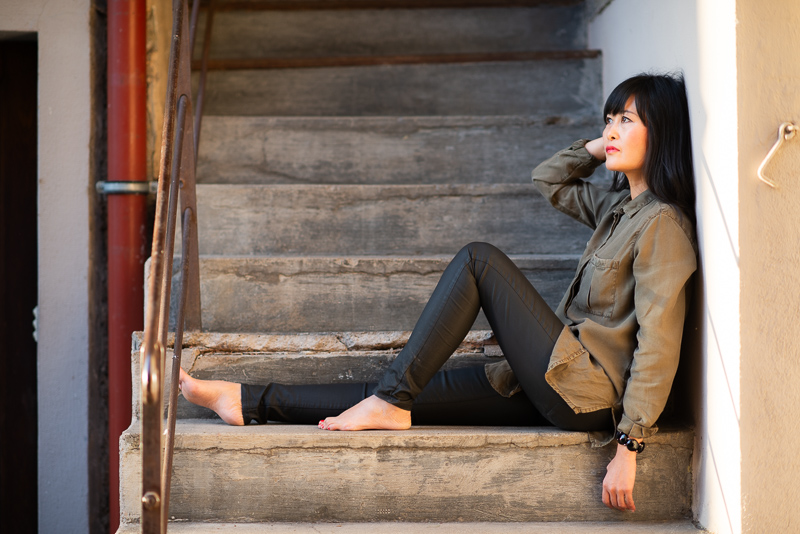

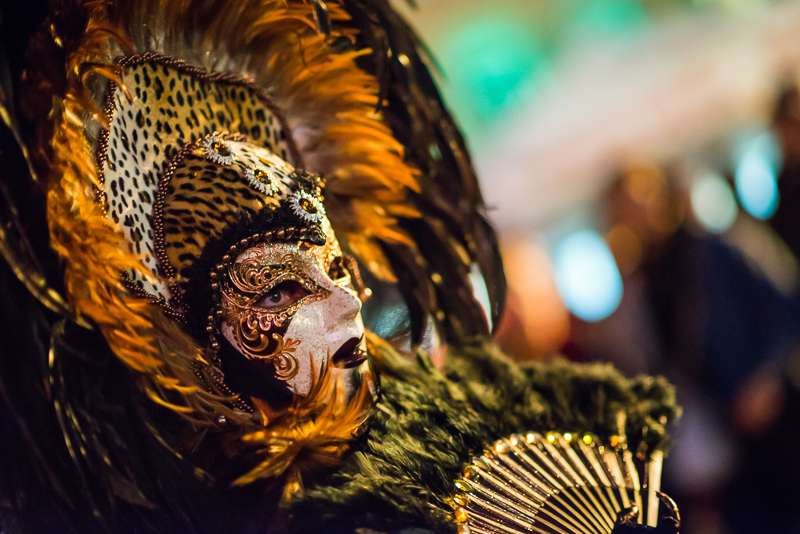
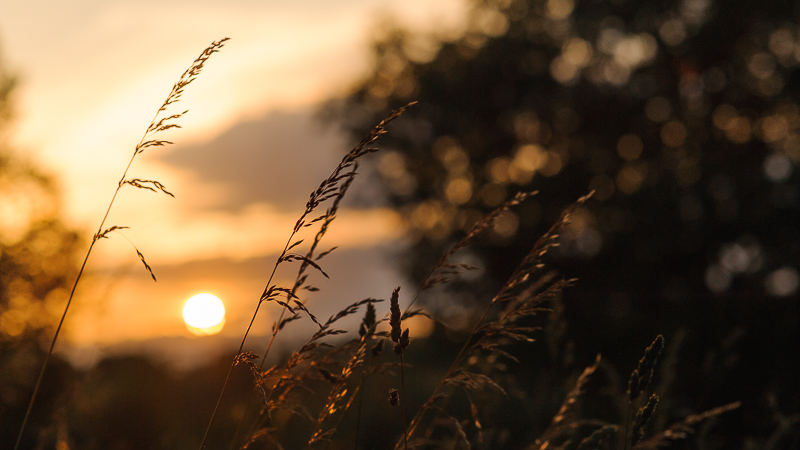
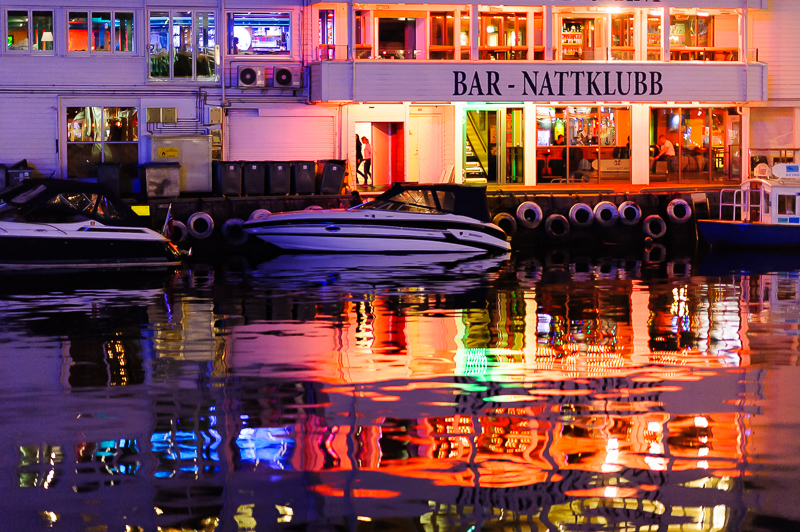
You can find many of the sample images in full resolution here.
Contents
Specifications / Version History
There have been three different Nikon 85mm 1.4 lenses so far, all of them feature an all spherical floating elements design without ED elements:
- Nikon Ai-s 85mm 1.4
609g, 7/5 design, 72mm filter, 9 straight aperture blades, MFD 0.85 m, MF, 1981-2006 - Nikon AF 85mm 1.4D
522g, 9/8 design, 77mm filter, 9 rounded aperture blades, MFD 0.85 m, D-type, 1995-2010 - Nikon AF-S 85mm 1.4G
588g, 10/9 design, 77mm filter, 9 rounded aperture blades, MFD 0.85 m, G-type, 2010-2022(?)
This is a review of the Nikon AF-S 85mm 1.4 AF-G lens, its full specifications are:
-
- Diameter: 87 mm
- Field of view: 28.7° (diagonally)
- Length: 84 mm
- Weight: 588g (without hood, without caps)
- Filter Diameter: 77 mm
- Number of Aperture Blades: 9 (rounded)
- Elements/Groups: 10/9
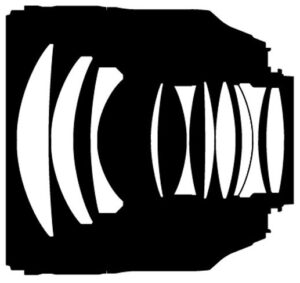
- Close Focusing Distance: 0.85 m
- Maximum Magnification: 1:7.7 (measured)
- Mount: Nikon F
buy from amazon.com | amazon.de | ebay.com | ebay.de | B&H (affiliate links) for $750 used
Handling/Build quality

This Nikon AF-S 85mm 1.4G is part of Nikon’s higher end f/1.4 lineup together with the 24mm 1.4G, 28mm 1.4E, 35mm 1.4G, 58mm 1.4G and 105mm 1.4E. All these lenses feature a very similar casing design.

The outer casing seems to be mostly made from high quality polycarbonate which is also true for the filter thread. There is a rubber gasket to be found at the bayonet.
The focus ring features a mechanical coupling to the helicoid (no focus by wire) and it takes a little more than 90° from the minimum focus distance (0.85 m) to infinity.
The resistance is okay, not as nice as a real manual lens or some of Sigma’s better lenses.
Many Nikon AF-S G-lenses show some slack when changing the direction of rotation on the focus ring and even the predecessor, the Nikon AF 85mm 1.4D, did. Luckily this is not the case here.
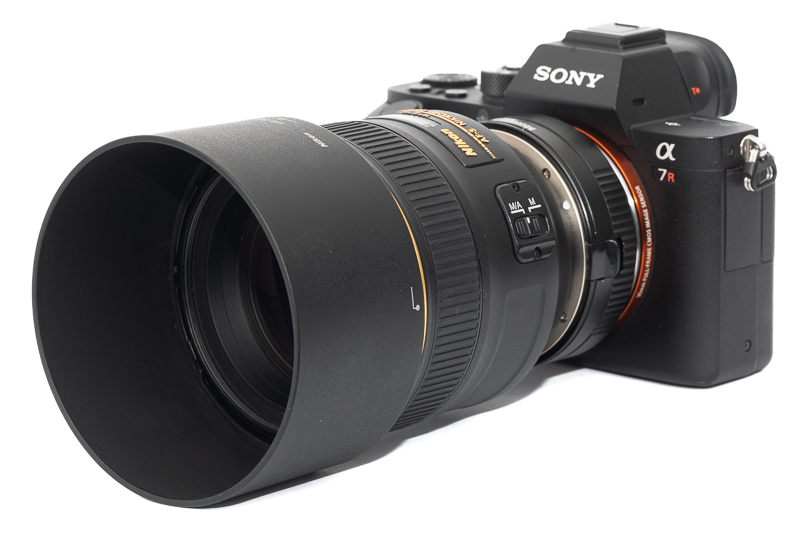
Just like its predecessor the Nikon AF 85mm 1.4D this newer AF-S lens features an internal focus mechanism with floating elements. The front and the rear group are fixed, a central group together with the aperture diaphragm is moving. When adapting this lens to other camera systems a too short adapter can also have a negative impact on this lens’ image quality.
Unlike the Nikon AF-S 24mm 1.4G and 35mm 1.4G with their rear focus designs – and also unlike the Nikon AF 85mm 1.4D – this lens seems to be pretty well sealed. I used my original sample for years and surprisingly couldn’t find any dust inside between the elements afterwards.
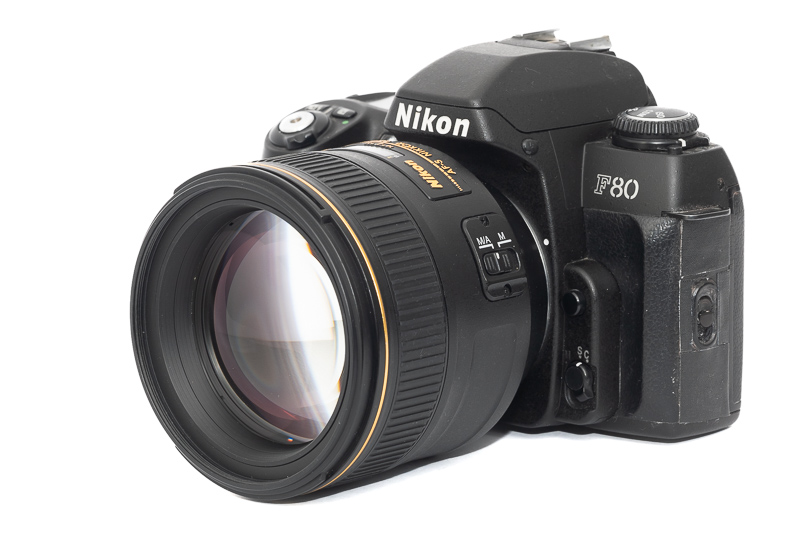
This lens also works perfectly on the last generation of analogue F-mount cameras like the F80, F100, F5 and F6. On earlier cameras you are not able to change the aperture due to the lack of an aperture ring.
AF performance
When the f/1.4 AF-S primes hit the market some people were put off by their AF speed, as usually – especially when directly comparing the Nikon AF-S 85mm 1.4G to the Nikon AF 85mm 1.4D – the newer AF-S lens actually focused slower than the older screwdriven one. Nikon at that time claimed the AF-S f/1.4 prime lenses are geared towards higher focus accuracy instead of speed.
On Nikon’s Z-mount cameras this lens works without any limitations via the FTZ adapters.
On the Sony E-mount cameras this lens also focuses surprisingly well in AF-C mode via the Monster LA-FE1 and LA-FE2 adapters (not in video mode though).
Vignetting
light falloff
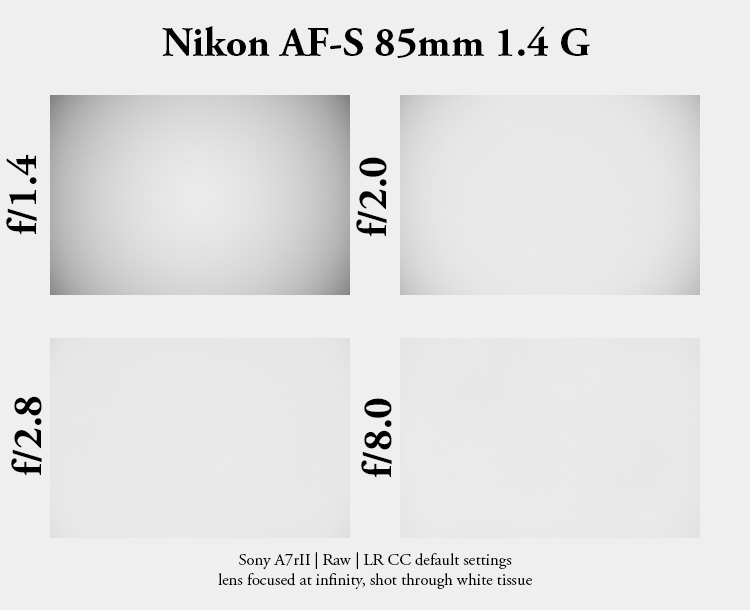
| f/1.4 | 2.3 EV |
| f/2.0 | 1.4 EV |
| f/2.8 | 0.4 EV |
| f/4.0 - f/16 | 0.3 EV |
The vignetting figures are almost exactly the same as those of the predecessor, the Nikon AF 85mm 1.4 D as well as the Sony FE 85mm 1.4 GM. The more compact Sigma 85mm 1.4 Art DG DN shows about half a stop more vignetting in the corners stopped down.
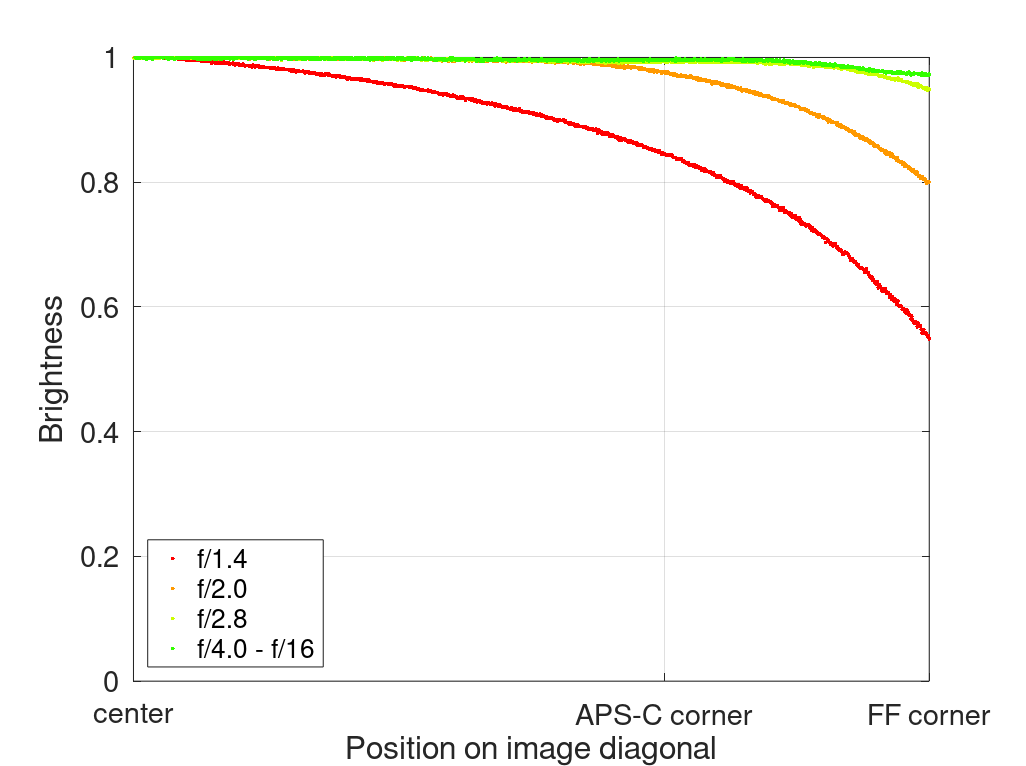
It is recommended to have a look at this article first to get an idea how this brightness graph works.
optical vignetting
Fast lenses usually show a noticeable amount of optical vignetting. Without going too much into technical details optical vignetting leads to the truncation of light circles towards the borders of the frame.
In the center of the frame almost every lens will render a perfect circle, but only lenses with very low optical vignetting will keep this shape in the corners.
So in the following comparison we move from the center (left) to the extreme corner (right) and see how the shape of the light circle changes.
I did not shoot all three lenses side by side, so only the size of the circles of the Nikon AF-D 85mm 1.4 and Sony FE 85mm 1.4 GM are directly comparable. All lenses were set to 1.1 m focus distances though.
Regular readers know I did not come across an 85mm lens that is doing better in this category than the Sony FE 85mm 1.4 GM. The Nikon AF-D 85mm 1.4 actually came close, but interestingly its successor – the Nikon AF-S 85mm 1.4G being reviewed here – shows more optical vignetting than the older AF-D lens.
Sharpness
MTF-Graphs
For the time it was released and considering it uses an optical design without any special glass this Nikon AF-S 85mm 1.4G shows astonishing MTF graphs: very flat field, low astigmatism. The Sony FE 85mm 1.4 GM‘s MTF graphs actually look extremely similar. The Nikon AF-S 105mm 1.4E which was released in 2016 shows an even more impressive performance though.
These MTF graphs were measured for infinity, so in the field and shooting at different distances a noticeable variation may be visible.
Focus Shift
The predecessor Nikon AF-D 85mm 1.4 did not have any issues with focus shift, the same cannot be said about this Nikon AF-S 85mm 1.4G. The depth of field clearly extends more to the back and f/2.8 is an especially dangerous setting, as here at closer distances the subject can even drop out of the focal plane.
When you use this lens on a Z-mount camera this won’t be an issue, as the lens will focus stopped down.
infinity (42mp Sony A7rII)

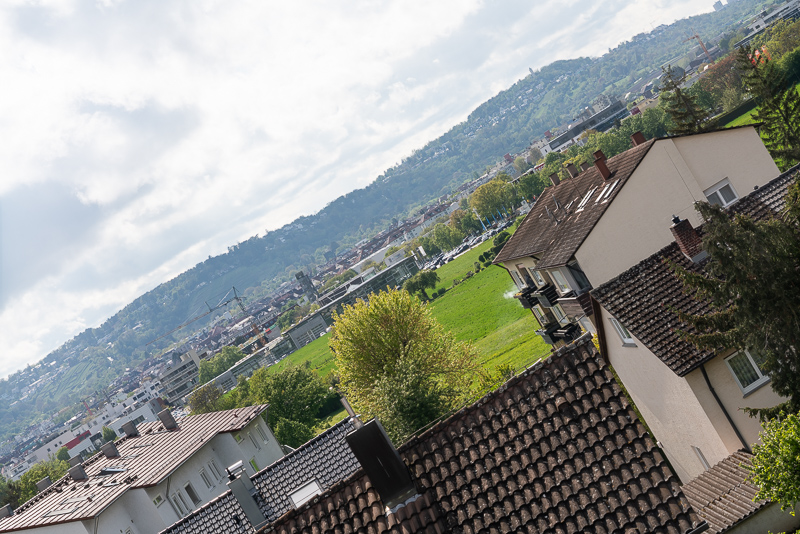
The MTF graphs promise a good performance at infinity and this is generally true. Compared to its predecessor it offers higher contrast an way better corner performance at wider apertures. However, we still see some color aberrations at wider apertures that only go away on stopping down to f/4.0 to f/5.6. At the time this lens was released, it was still the sharpest 85mm 1.4 lens – quite the achievement considering the lack of special glass elements.
In this regard the latest 85mm 1.4 lenses perform noticeably better. The Sigma 85mm 1.4 Art DG DN and the Sony FE 85mm 1.4 GM II are the best we had a look at so far, the Sony FE 85mm 1.4 GM follows closely. These lenses feature aspherical elements and show an almost impeccable performance already at their maximum aperture.
portrait distance (2.0 m, 42mp Sony A7rII)
For portraiture it isn’t so important how flat the field is, it is more interesting to see what the sharpness is like when focused at different parts of the frame to take field curvature out of the equation.
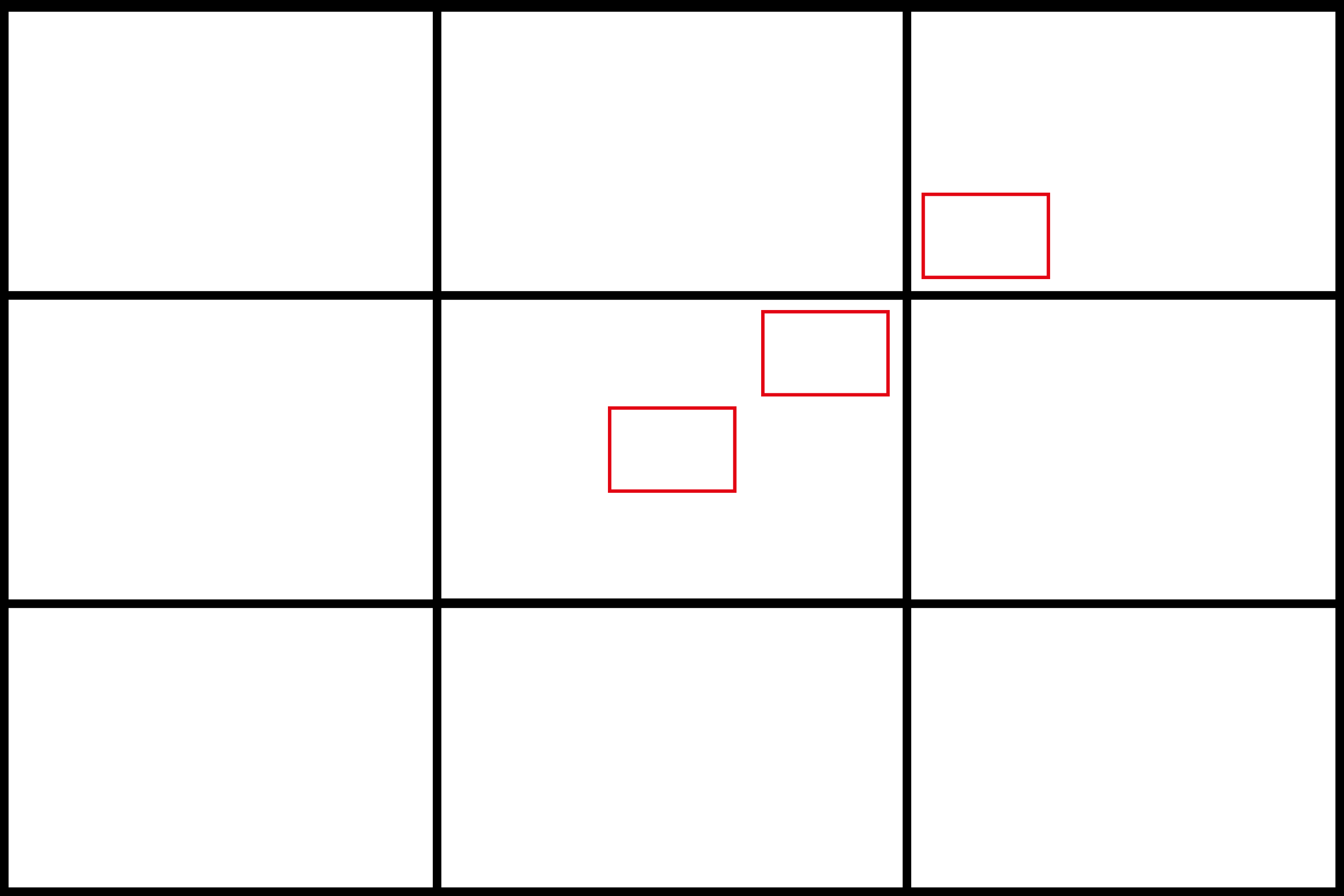
This is what I did here, I refocused for every shot and aperture to get the best possible result at different locations in the frame (center, inner midframe and outer midframe).
Focus distance was roughly 2.0 m and the circle of the dollar bill is more or less the size of a human eye.
f/1.4 <————> f/2.0
Compared to the older Nikon AF 85mm 1.4 D this new lens definitely shows an improved performance and the further you move from the center the more obvious this gets. This Nikon AF-S 85mm 1.4G looks almost as good in the outer midframe as it does in the center and there is only a smaller gap in this category compared to modern lenses like the Sigma 85mm 1.4 Art DG DN and the Sony FE 85mm 1.4 GM II.
close (0.85 m, 1:8.6, 42mp Sony A7rII)
A minimum focus distance of 0.85 m is very typical for a fast 85mm lens.
The performance in this category was a bit of a surprise, as the older Nikon AF-D 85mm 1.4 actually performed better at f/1.4 and f/2.0. At f/2.8 the new lens manages to catch up.
Flare resistance
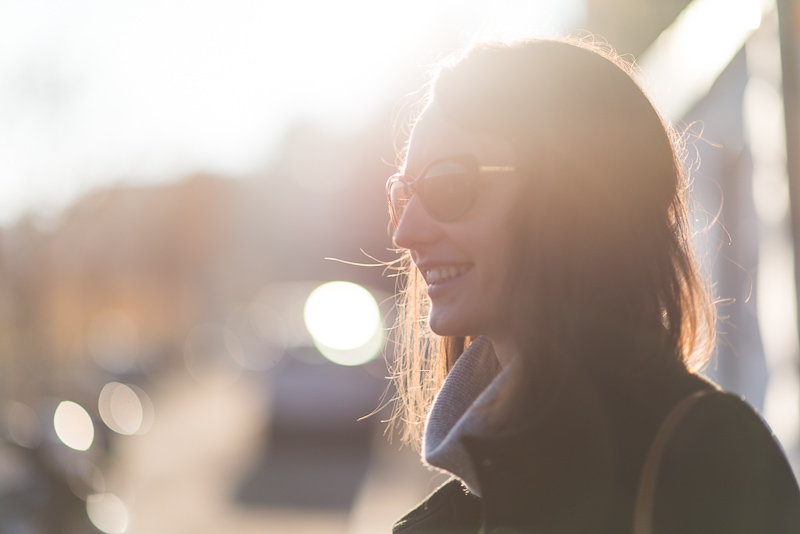
As always evaluating flare is a complex matter since you can get any lens to look bad if you push it hard enough and a slight change of scenario can affect results a lot.
Fast tele lenses rarely show a good performance in this category and this was definitely true for the older Nikon AF 85mm 1.4 D.
Have there been some improvements here? Well…
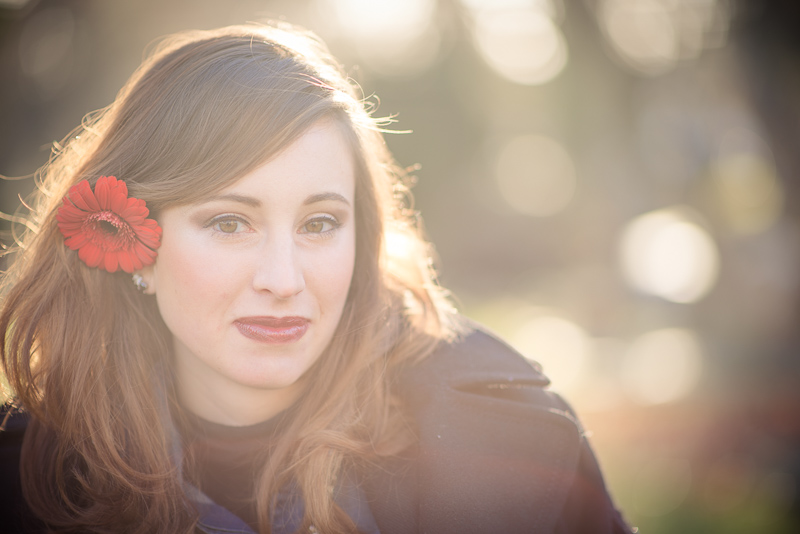
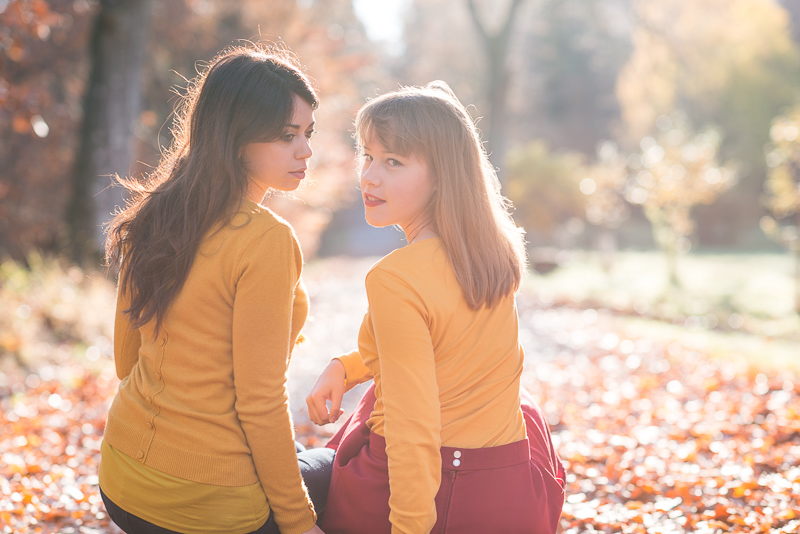
Veiling flare is still an issue with this newer lens, even when using the rather big hood. I have a whole lot of pictures like these ruined by it.
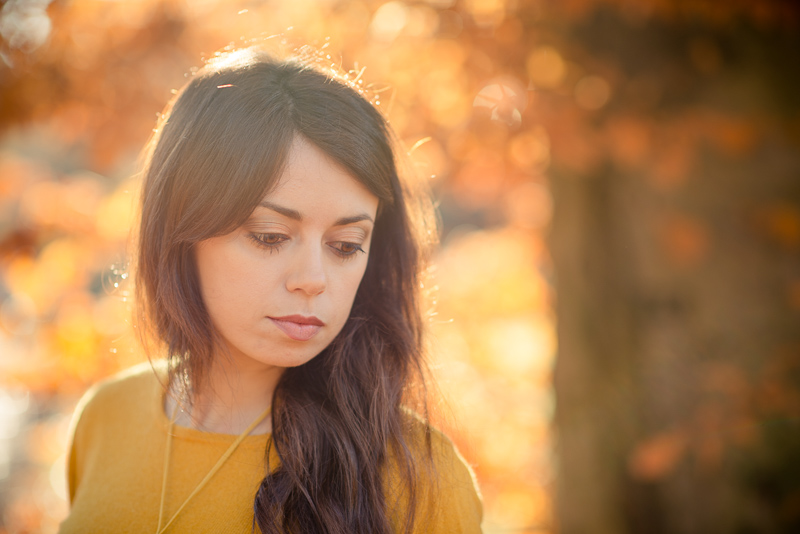

As you can see above this even happens in situations where you wouldn’t really expect it.
The good news are that ghosting – which was also a huge problem with the AF 85mm 1.4 D – is much less of an issue here. Among all the many pictures I took with this lens I couldn’t find even one ruined by ghosts.
The latest Sony FE 85mm 1.4 GM II and also the Viltrox AF 85mm 1.4 FE Pro certainly perform better in this category.
Coma
Here the performance has also been improved compared to the Nikon AF 85mm 1.4 D. We do see some artefacts at f/1.4 and f/2.0, but they are comparably small. The Sony FE 85mm 1.4 GM II and the Sigma 85mm 1.4 Art DG DN have the lowest Coma among 85mm 1.4 reviewed here yet (the Samyang AF 85mm 1.4 FE MK II not reviewed yet might be even better considering Samyang’s history of correcting Coma particularly well).
Distortion
There is almost no distortion to begin with, but there is still a Lightroom profile available to correct it for super critical architecture applications.
Bokeh
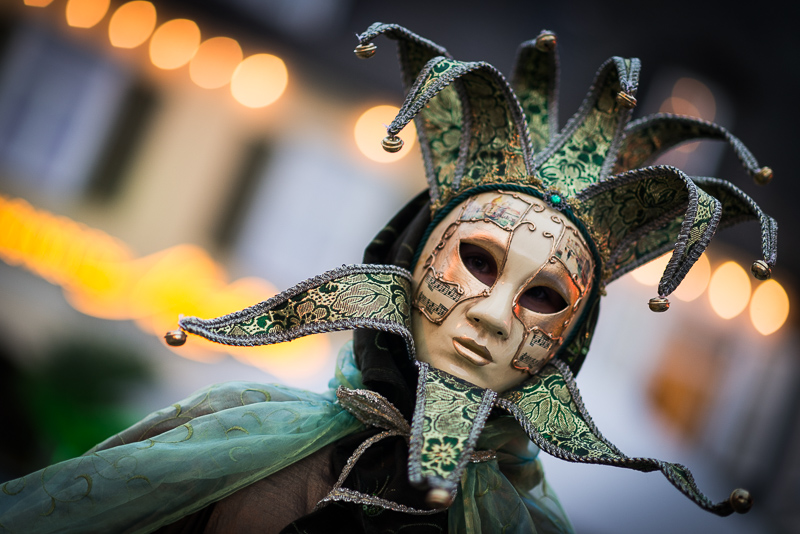
When I was in the market for an 85mm fullframe lens with an f/1.4 maximum aperture for my Nikon DSLR there were three viable options at that time: the Samyang 85mm 1.4 MF (which I briefly tried but was impossible to focus on a D700), the Nikon AF 85mm 1.4D or this Nikon AF-S 85mm 1.4G. The two Nikons were said to offer similarly smooth bokeh, but this AF-S was simply a sharper lens, so it was ultimately the one I got.
Close distance
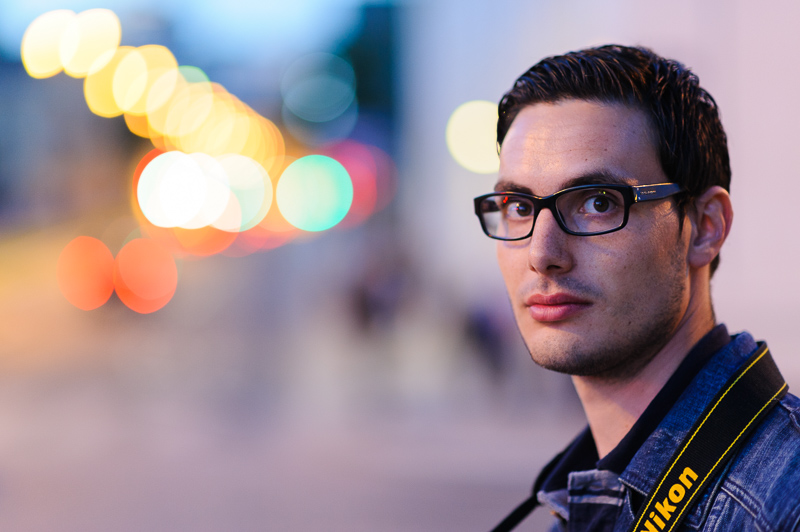



In terms of bokeh rendering, I never found a flaw with this lens, which is why I used it until I made the transition to Sony fullframe mirrorless cameras.
Mid distance
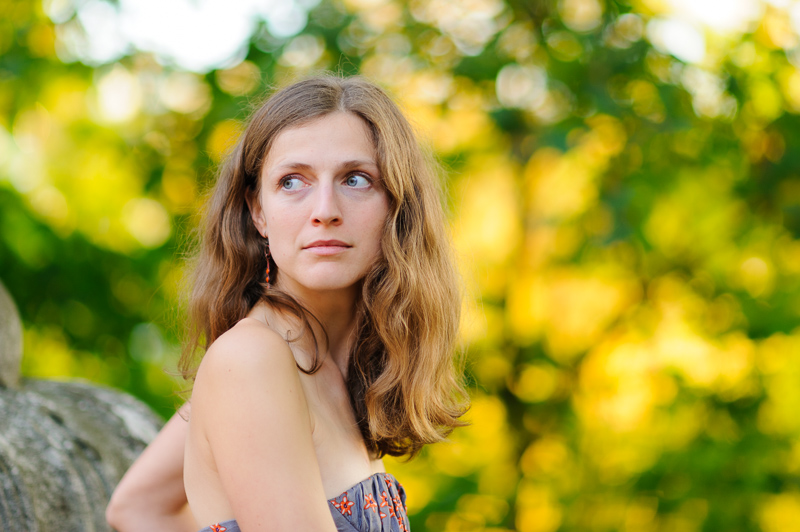
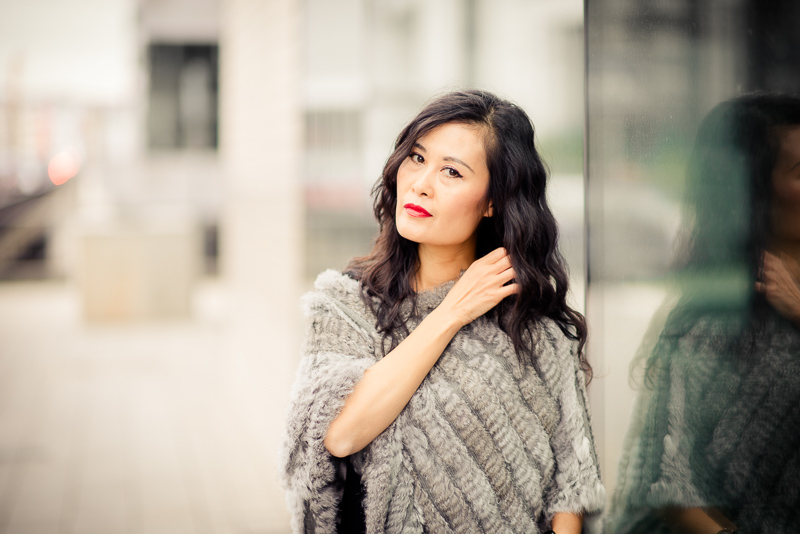
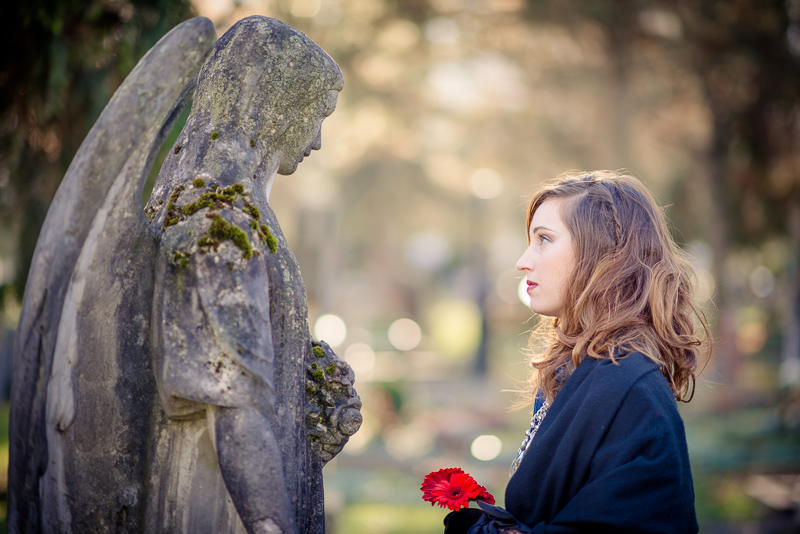
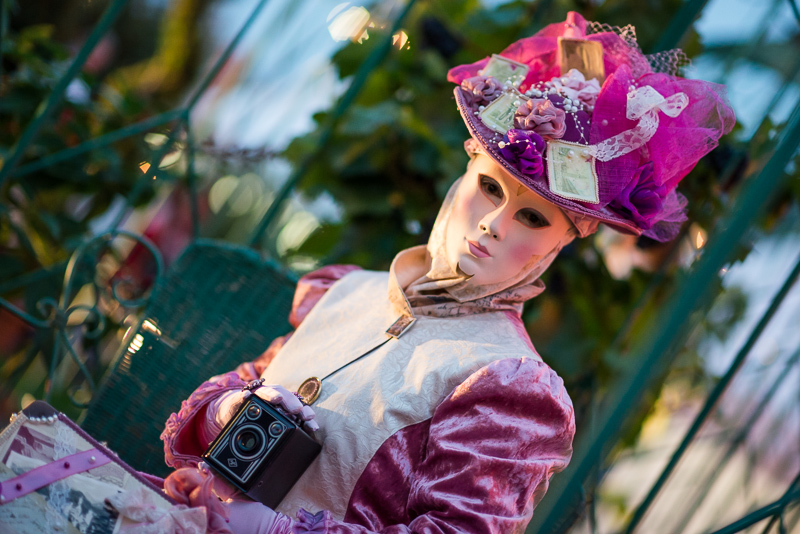
No matter how complex the background: this lens always gets the job done.
Long distance
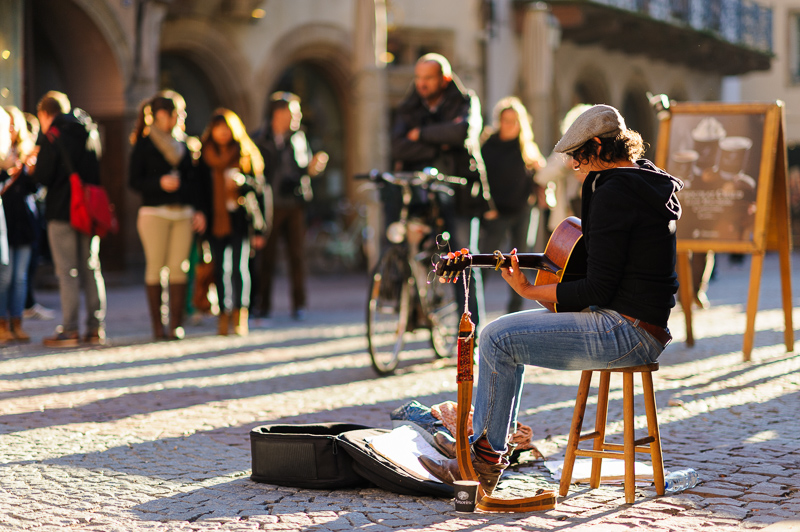
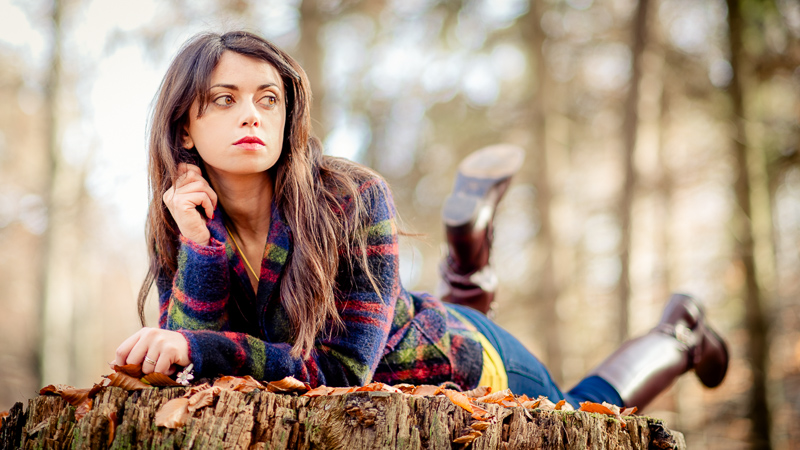
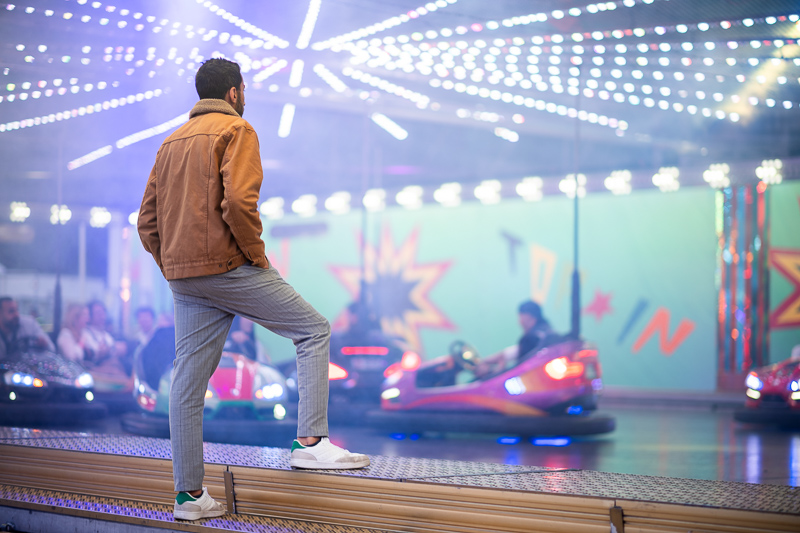
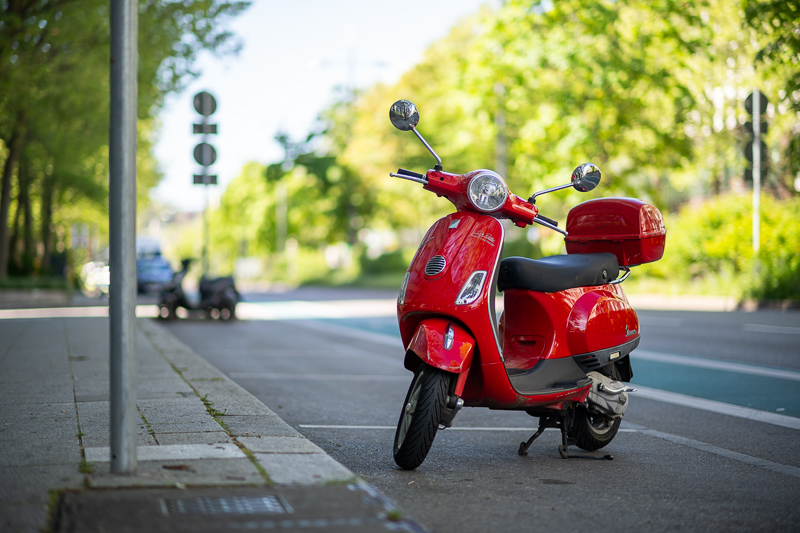
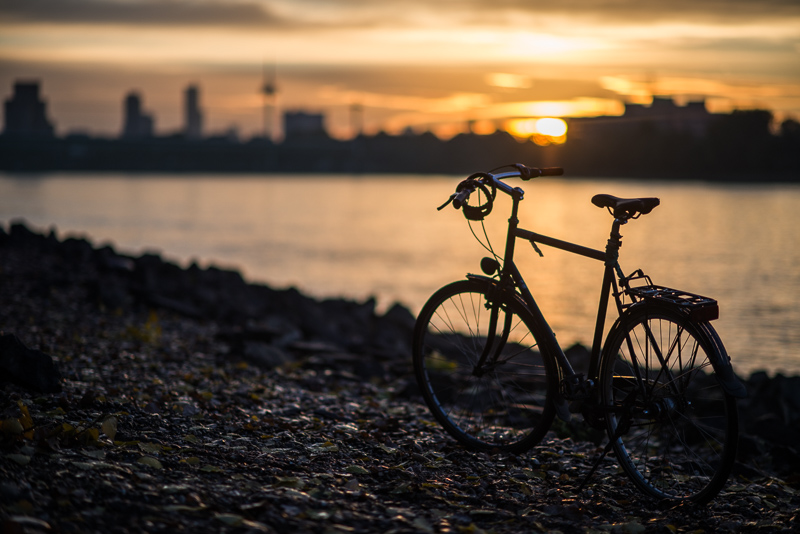
One of the main benefits of fast 85mm lenses is that even at longer focus distances (needed e.g. for full body portraits) you can visibly separate your subject from the background. The red scooter is a prime example for that.
These days my favorite 85mm 1.4 lens is the Sony FE 85mm 1.4 GM and for me it is actually the benchmark for pleasing out of focus rendering regardless of focal length or maximum aperture. I already compared the Nikon AF-D 85mm 1.4 to it and saw noticeable differences in favour of the Sony lens. So I did the same thing with this newer Nikon AF-S 85mm 1.4G.
Compared to: Sony FE 85mm 1.4 GM
Scene 1: Forest Close Distance
Scene 2: Forest Close Backlit
Scene 3: Forest Mid Distance
Scene 4: Forest Long Distance
Scene 5: City Lights Mid Distance
Scene 6: City Lights Long Distance
Observations
First thing I noticed: the Nikon lens actually looks slightly more contrasty in most scenes – something I did not expect.
In terms of out of focus rendering these two lenses are a very close call in the central part of the frame. I probably wouldn’t be able to tell them apart.
This is also true for transition from in-focus to out-of-focus, where these two lenses look eerily similar.
Only when moving towards the corners the Sony again shows its strengths: less outlining and less optical vignetting (cat’s eyes).
If it wasn’t for the Sony FE 85mm 1.4 GM, I would probably still be using this Nikon AF-S 85mm 1.4G for portraiture.
Sunstars
When it comes to 9 rounded aperture blades I have already seen good and bad sunstars from Nikon. While their later F-mount lenses (like the Nikon AF-S 28mm 1.4E) do pretty good some of the earlier ones (like the Nikon AF-S 24mm 1.4G) didn’t.
This 85mm 1.4G is also one of the earlier ones and it is quite hard to create distinct sunstars with it at all.
If you want to learn more about this topic have a look at this article.
Chromatic aberration
lateral
Interestingly the Nikon AF-S 85mm 1.4G shows hardly any lateral CA so there is nothing I could show you here.
longitudinal
Correcting longitudinal CA in fast lenses does not seem to be something that was very high on the priority list of Nikon’s designers during the AF-D and AF-S era. The Nikon AF-D 85mm 1.4 had some issues here, did things change for the better?
When taking pictures of a high contrast scene like the one above, strong bokeh fringing as well as purple fringing is easily visible – even at small viewing sizes like I am showing here. The whole extent becomes visible when having a closer look in the 100% crop.
As you can see from the crops above, even stopped down to f/2.8 some fringing is still visible. To be honest, only little has changed compared to the Nikon AF 85mm 1.4 D here.
Modern high performance lenses like the Sony FE 85mm 1.4 GM II and also the Sigma 85mm 1.4 Art DG DN do noticeably better in this category.

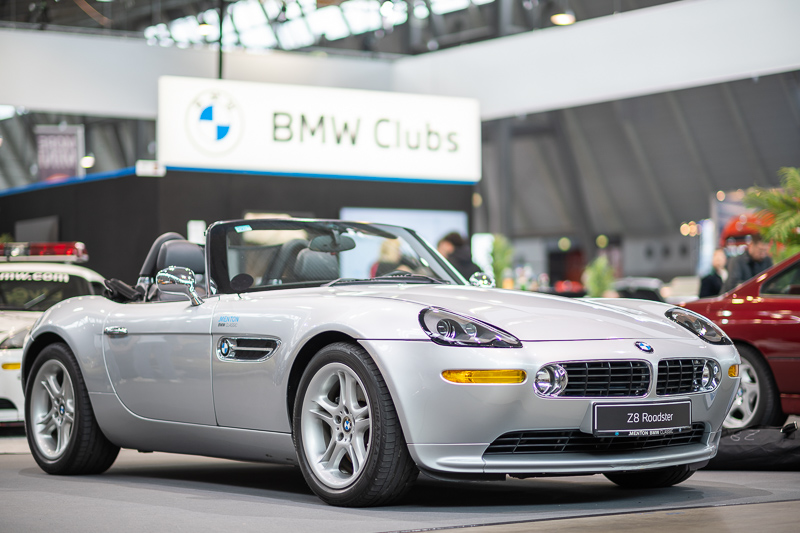
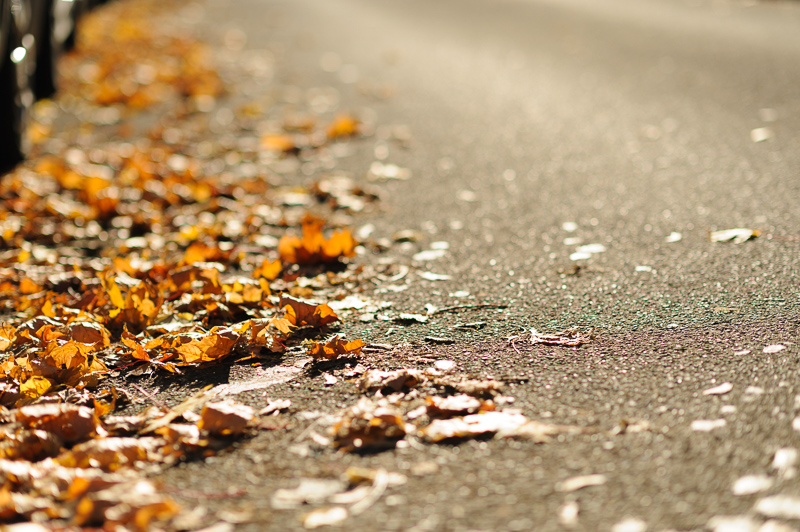
Conclusion
good
|
average
|
not good
|
During the height of the DSLR era, many Nikon users were jealous of Canon’s fancy 85mm f/1.2 lens. But actually, I am not sure there really was a good reason for that, because Nikon’s 85mm 1.4 lenses might have actually been the better portrait lenses, creating a more pleasing background blur.
When this Nikon AF-S 85mm 1.4G was released in 2010, the optics were generally praised (and rightfully so), but the slow AF and also the lack of an aperture ring were things that definitely put off some potential buyers. I still remember, that people taking pictures at indoor sports events, avoided these slow focusing AF-S primes like the plague and kept using their old AF(-D) lenses instead.
In 2025 this is still a very capable portrait lens, but at around $600-750 it is probably a good idea to have a look at the alternatives section first, before pulling the trigger on this one.
buy from amazon.com | amazon.de | ebay.com | ebay.de | B&H (affiliate links) for $750 used
Alternatives
I will mainly talk about lenses I have personally used here. If you are a Z-mount user and you can live with a maximum aperture of f/1.8 the Nikon Z 85mm 1.8 S Nikkor should also be worth a look.
Nikon AF 85mm 1.4D:
The predecessor. It performs noticeably worse when it comes to off center sharpness and flare resistance. Also slightly worse when it comes to Coma correction and general bokeh quality. The benefit: it features an aperture ring, so it can also be used on older (film) cameras that need lenses with an aperture ring.
buy from ebay.com (affiliate link) starting at $400
Sony FE 85mm 1.4 GM II:
Sony’s latest 85mm 1.4 lens. The Sony has the highest resolution at f/1.4 and a very fast AF. If the latter is important to you, this might be the lens you want.
buy from amazon.com | amazon.de | ebay.com | ebay.de | B&H (affiliate links) for $1798
Sony FE 85mm 1.4 GM:
Sony’s earlier 85mm 1.4 GM lens. For me it is still the 85mm 1.4 AF lens with the most pleasing bokeh, but it gets harder every day to justify spending even the used price, when you have options like the Viltrox Pro, the Sirui Aurora or the Samyang MK II.
buy from amazon.com | amazon.de | ebay.com | ebay.de | B&H (affiliate links) for $1298 (new) or starting at $750 (used)
Sigma 85mm 1.4 Art DG DN:
Compared to the aforementiond Sony lens, this Sigma is more compact, lighter, cheaper and offers slightly higher contrast and resolution – the AF is also faster. The bokeh is very good, but not as good as that of the Sony lens. Still, this is a very sensible choice for most people.
buy from amazon.de | ebay.com | B&H (affiliate links) for $1099 new
Viltrox AF 85mm 1.4 FE Pro:
The Viltrox AF 85mm 1.4 FE Pro is the best choice if you care about the highest sharpness in an 85mm lens but you don’t want to pay the price for the Sony FE 85mm 1.4 GM II.
buy from manufacturer’s shop (use the code “BK85145OFF” for 5% discount) | amazon.com | amazon.de | B&H | ebay.com | ebay.de (affiliate links) for $598
Sirui 85mm 1.4 Aurora:
One of the smallest and lightest 85mm 1.4 lenses for E-mount. At 100 bucks than the aforementioned Viltrox you get a lens that creates smoother bokeh, but which is less sharp at portrait distances, offers worse better flare resistance and less consistent AF.
buy from amazon.com | amazon.de | B&H | ebay.com | ebay.de (affiliate links) for $499
Samyang AF 85mm 1.4 FE MK II:
I haven’t used this lens personally yet, but I am looking to change that in the future. It looks like a very sensible lower budget option to me.
buy from amazon.com | amazon.de | ebay.com | ebay.de | B&H (affiliate links) for $799
You can find more alternatives in our Guide to Portrait lenses for the Sony A7, A9 and A1 Series.
Sample Images
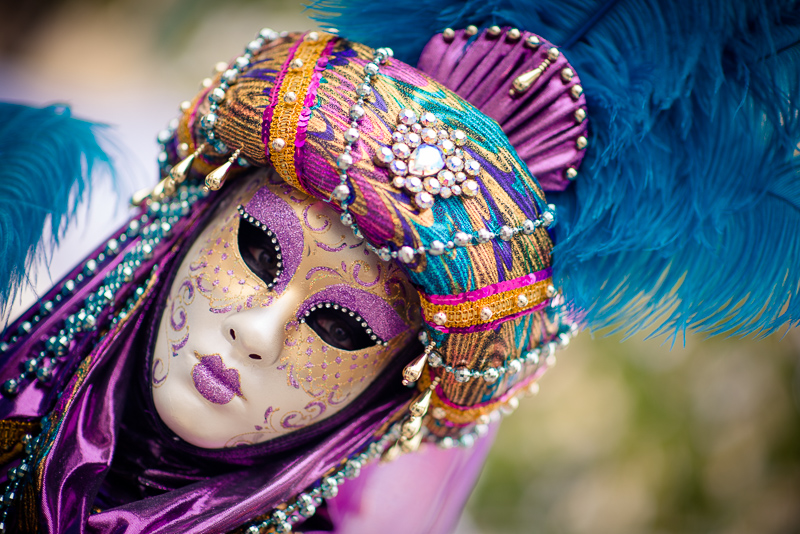
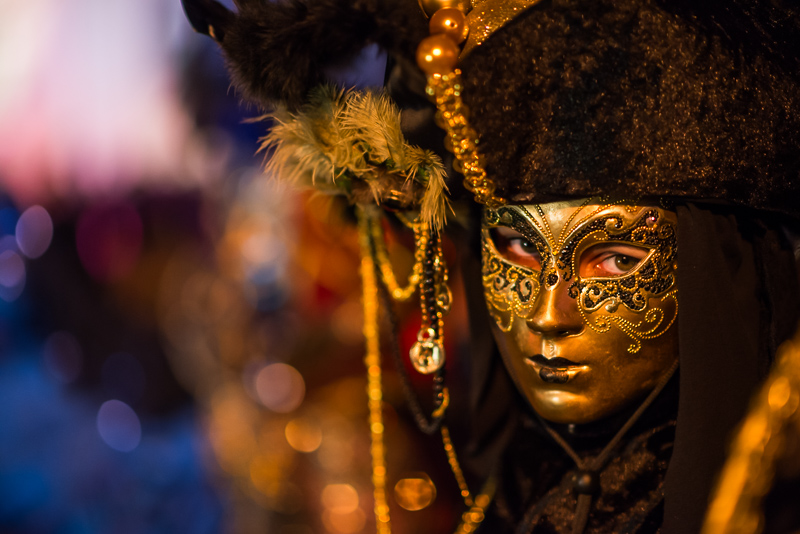
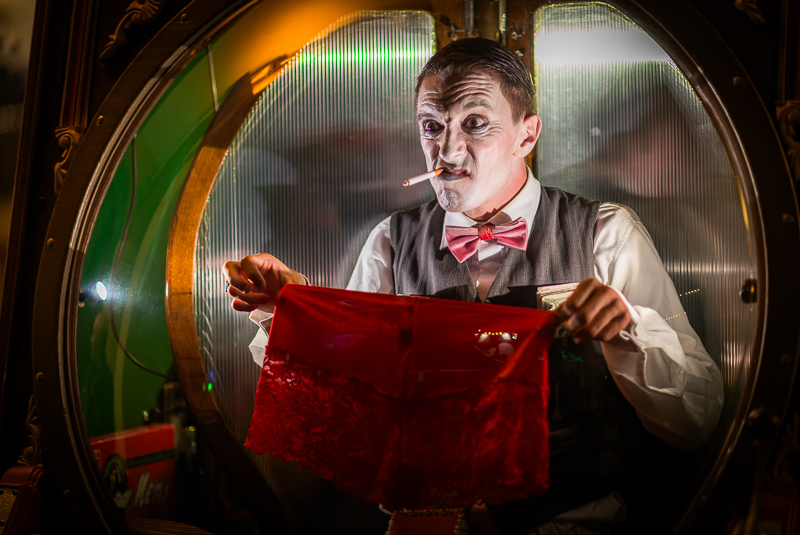
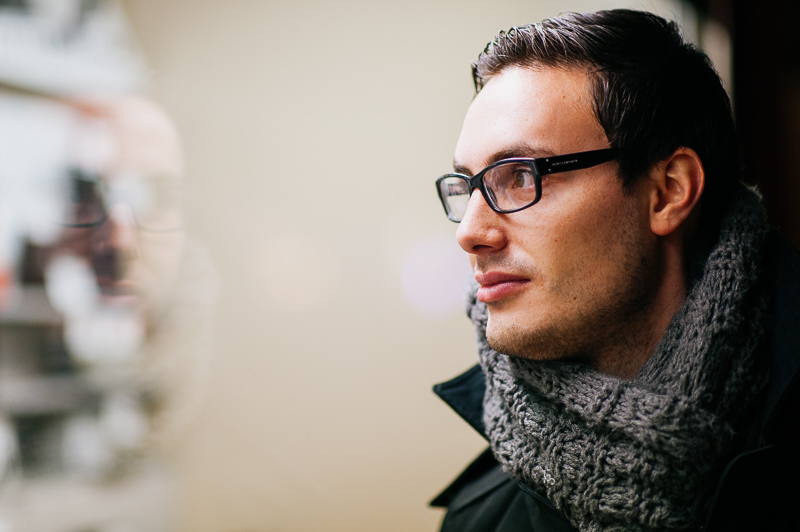
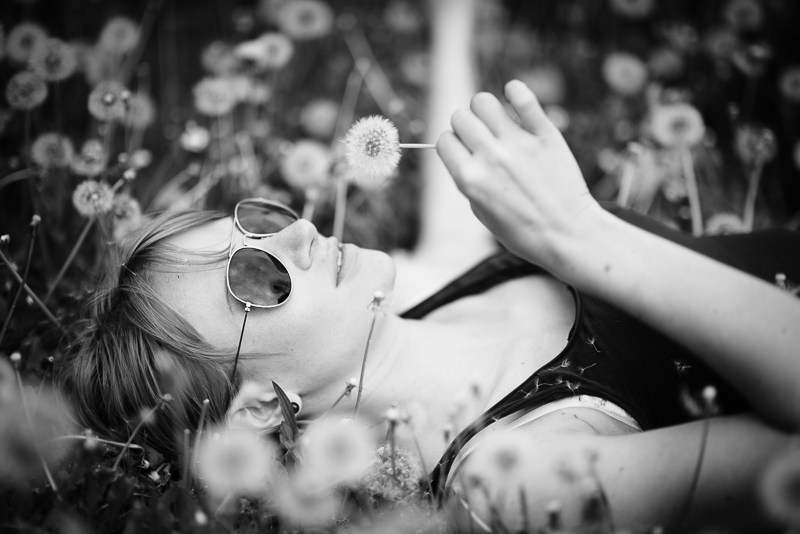
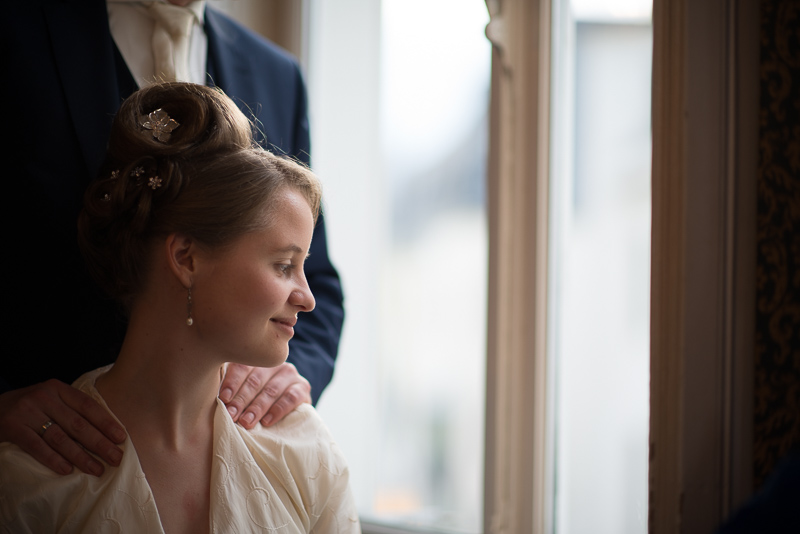
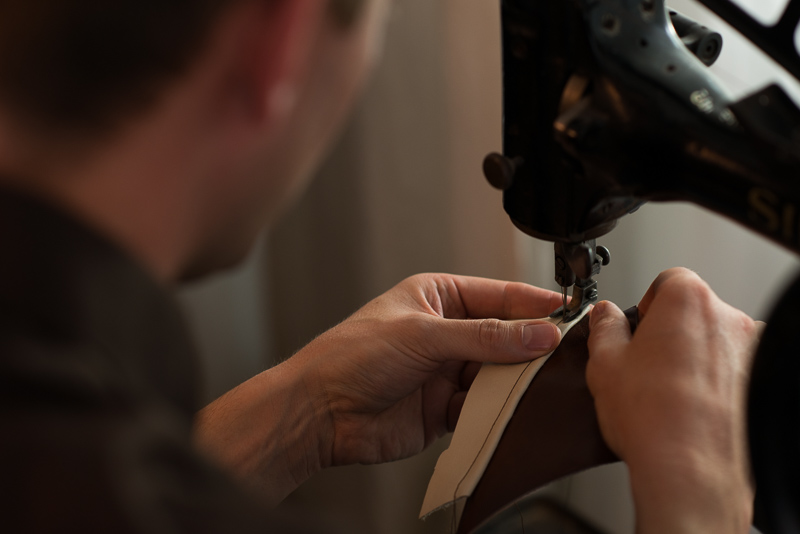
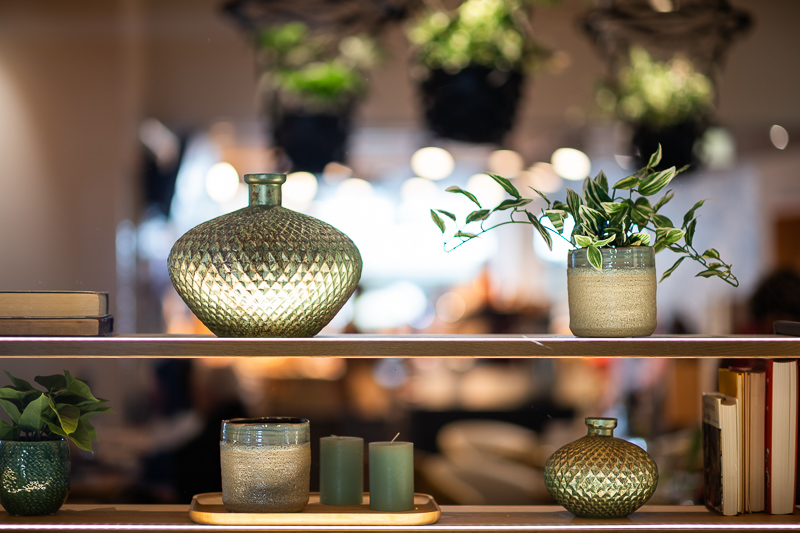
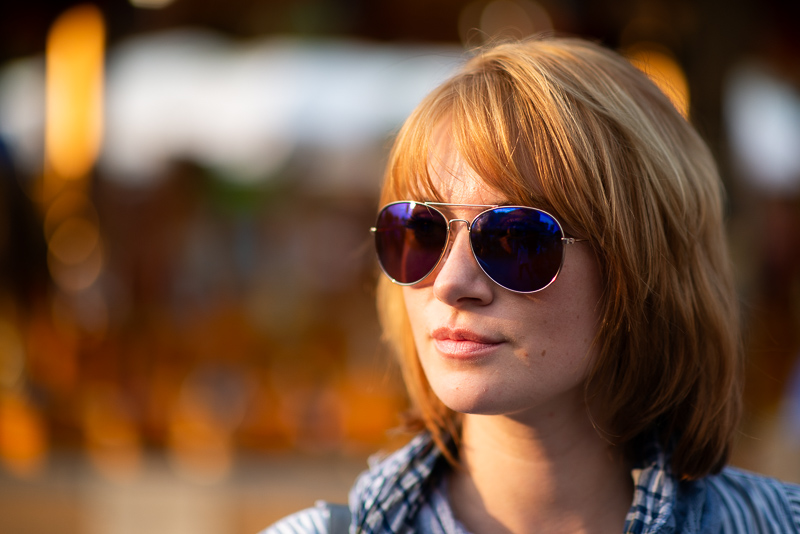
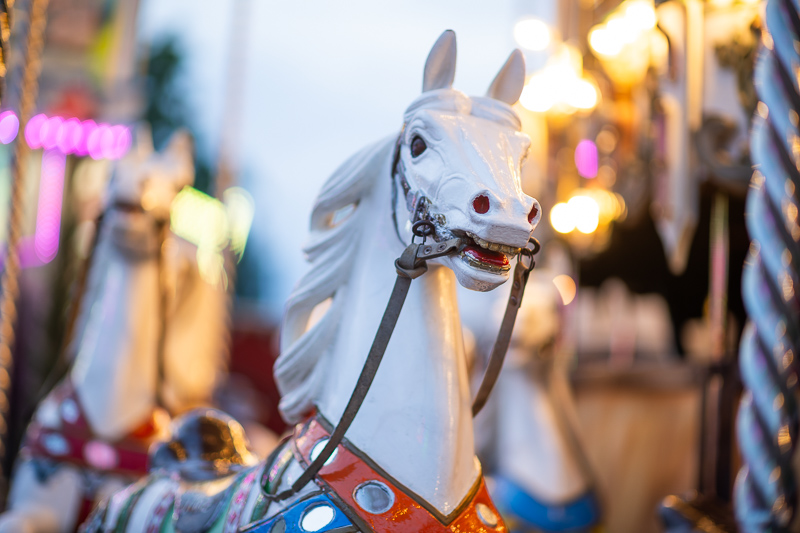
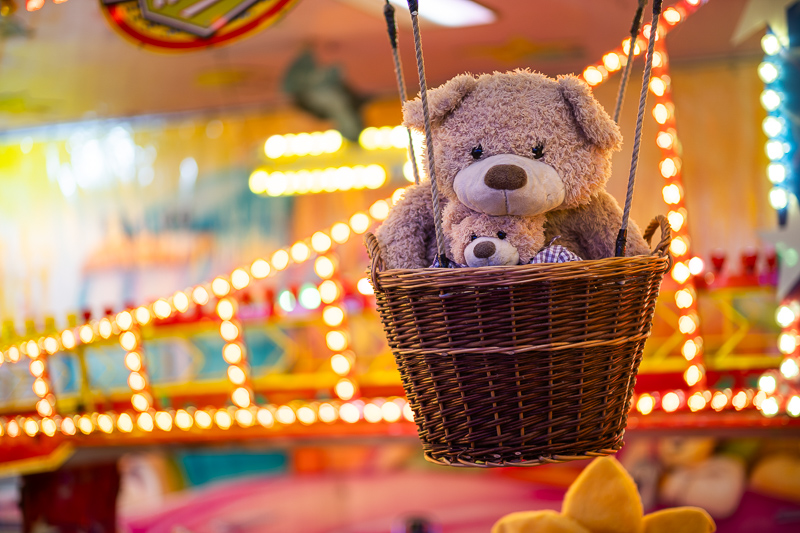
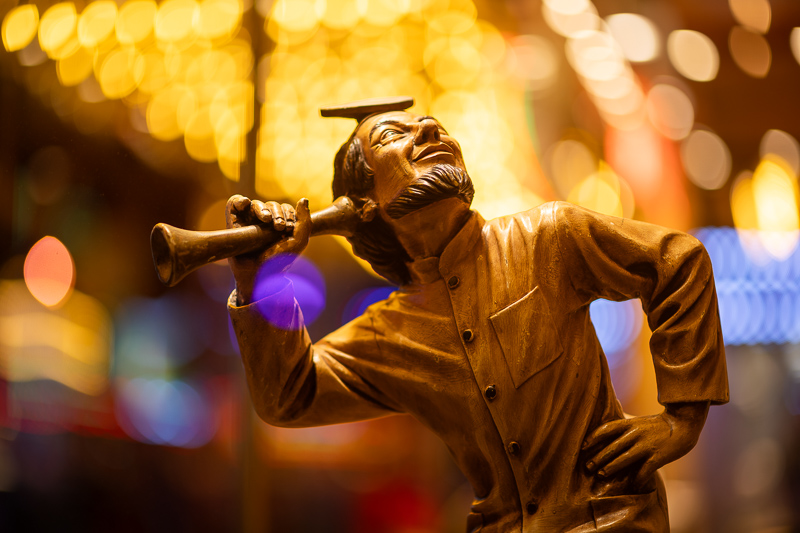
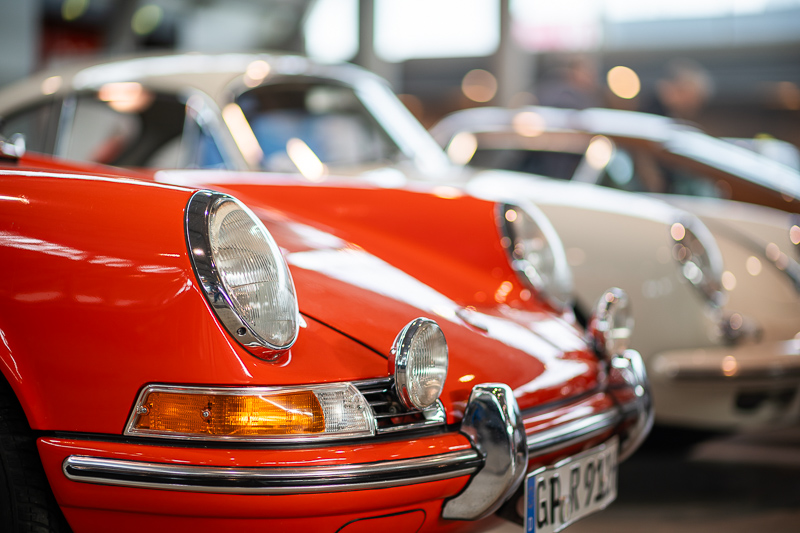

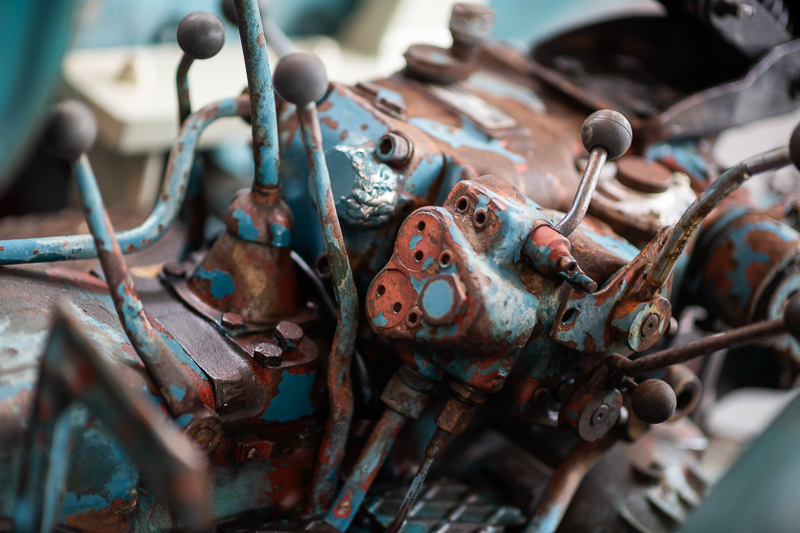
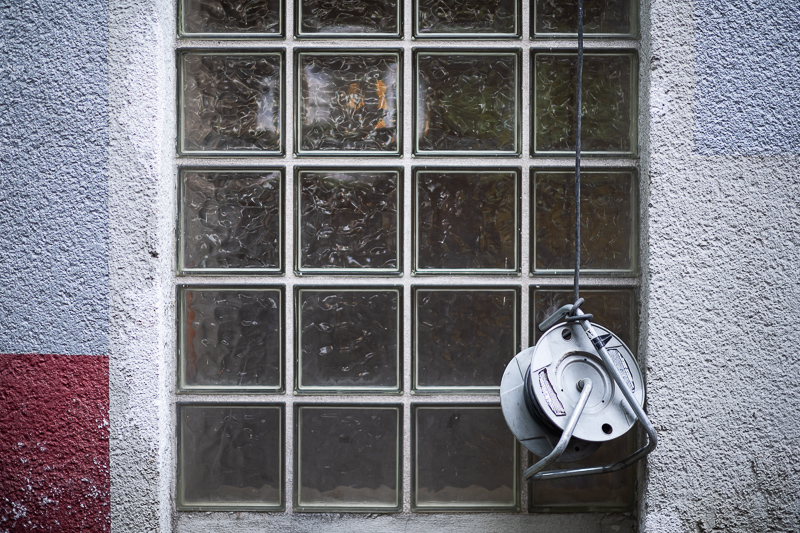
You can find many of the sample images in full resolution here.
Further Reading
- Guide to 85-135mm portrait lenses for Sony FE cameras
- The best lenses for Brenizer/Bokehpanoramas
- Bokeh explained
- Review: Laowa 35mm 0.95 – The World’s fastest 35mm lens
- Technical Knowledge
Support Us
Did you find this article useful or just liked reading it? Treat us to a coffee!
![]()
![]()
![]() via Paypal
via Paypal
This site contains affiliate links. If you make a purchase using any of the links marked as affiliate links, I may receive a small commission at no additional cost to you. This helps support the creation of future content.
Latest posts by BastianK (see all)
- The Best Fullframe Lenses from China - November 24, 2025
- Review: Mr. Ding Optics 50mm 1.2 Noxlux Z - November 23, 2025
- Analogue Adventures – Part 46: Fujichrome Provia 400F (expired) - November 19, 2025









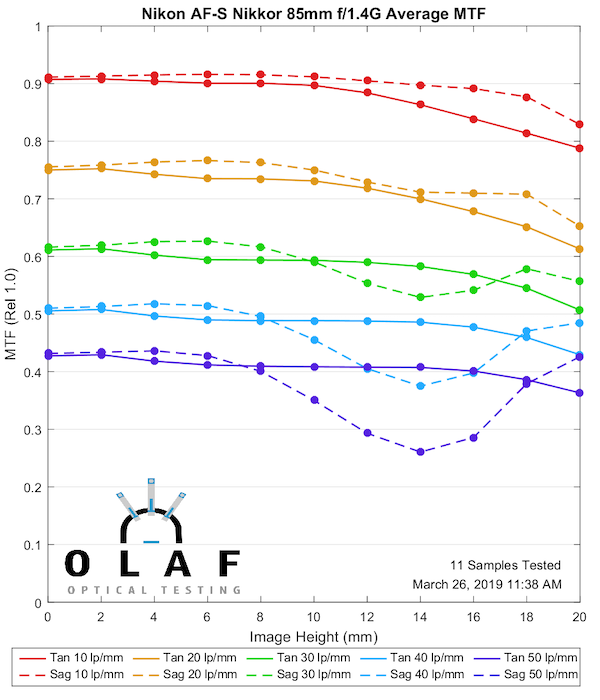
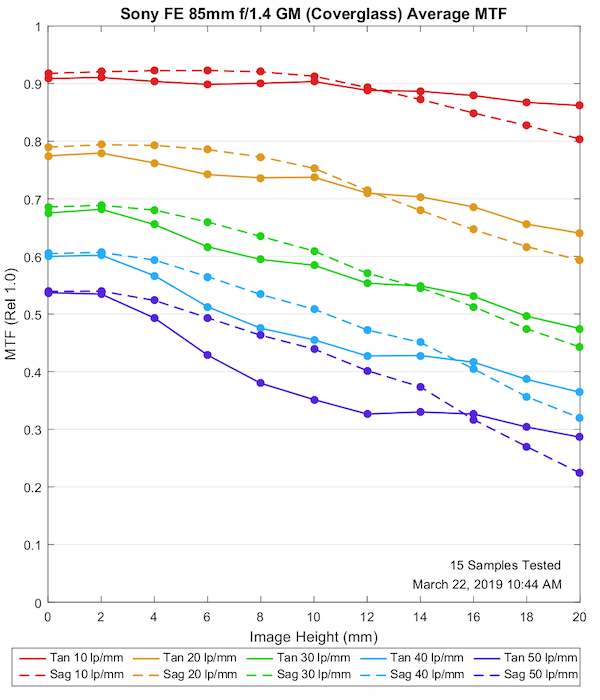
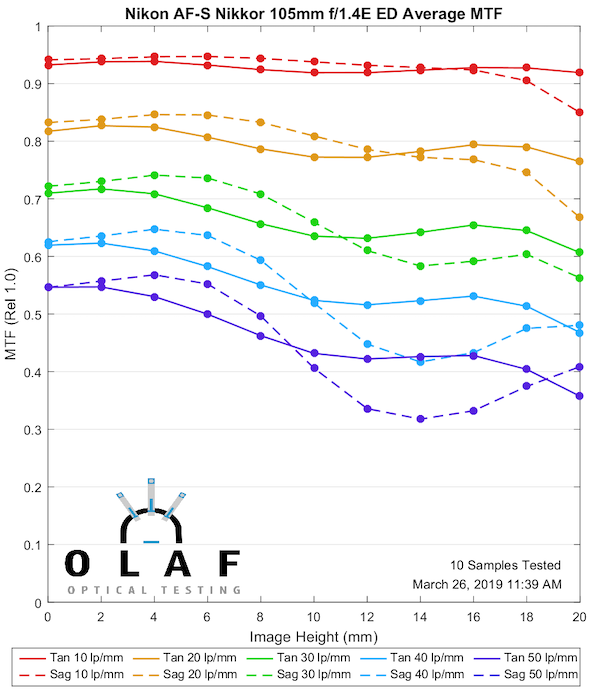
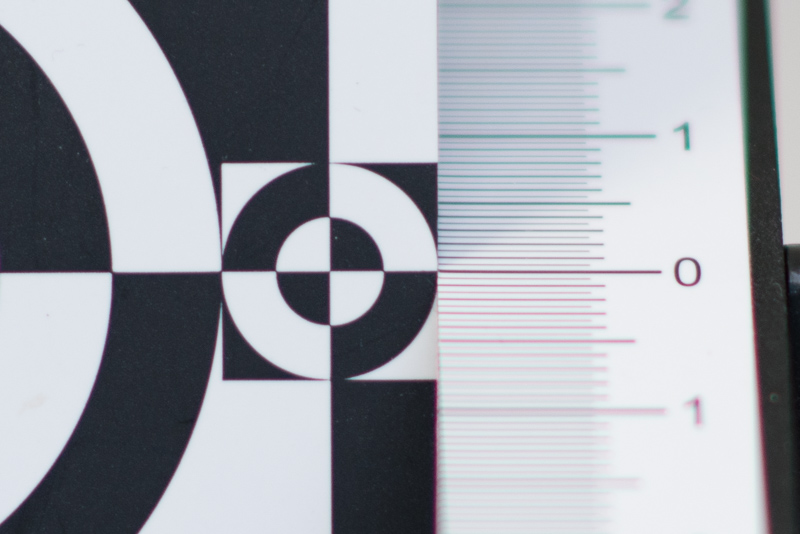
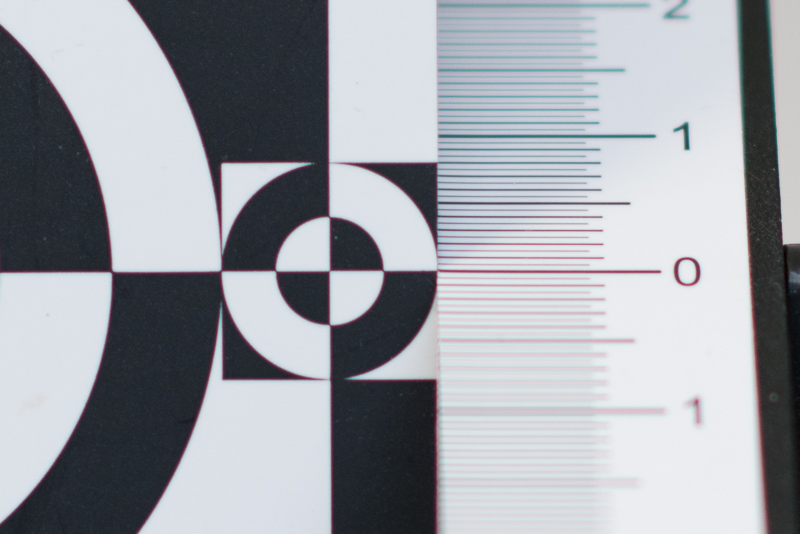
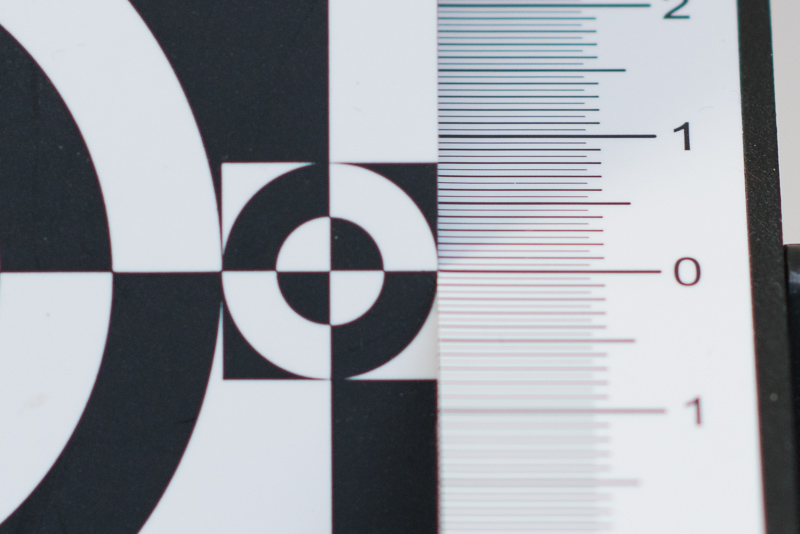
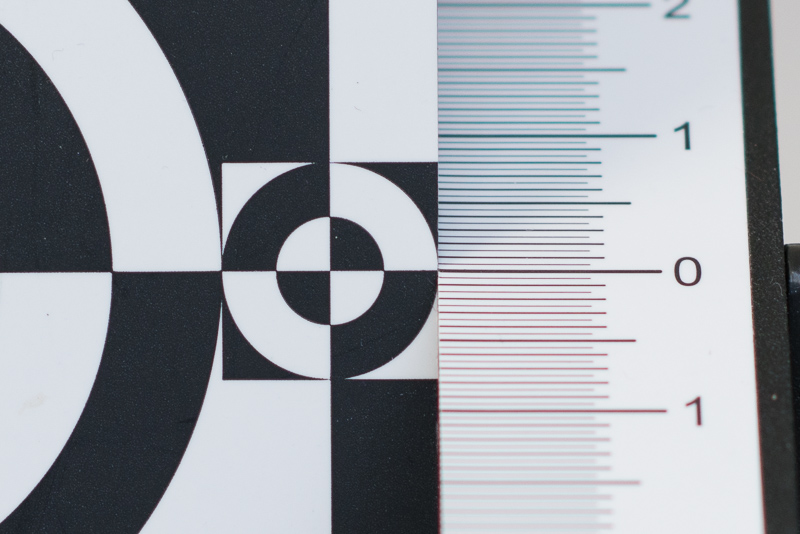
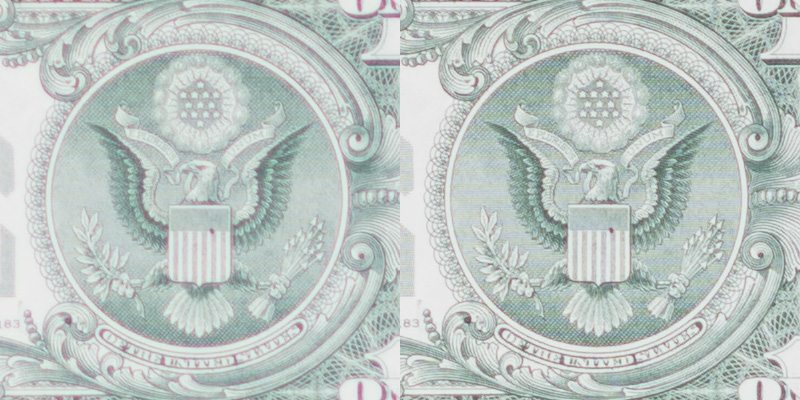


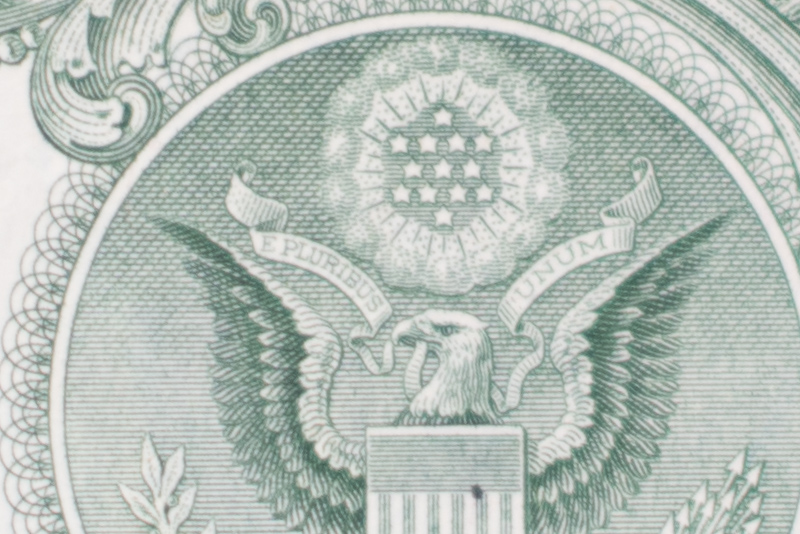
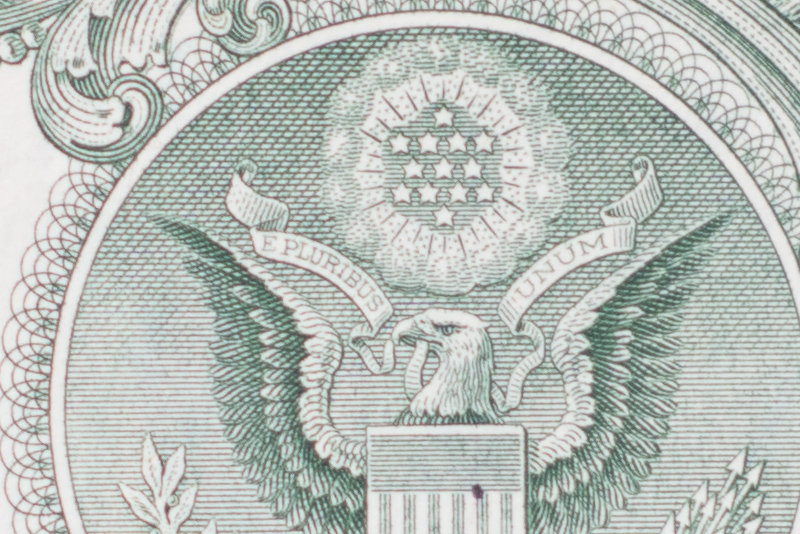
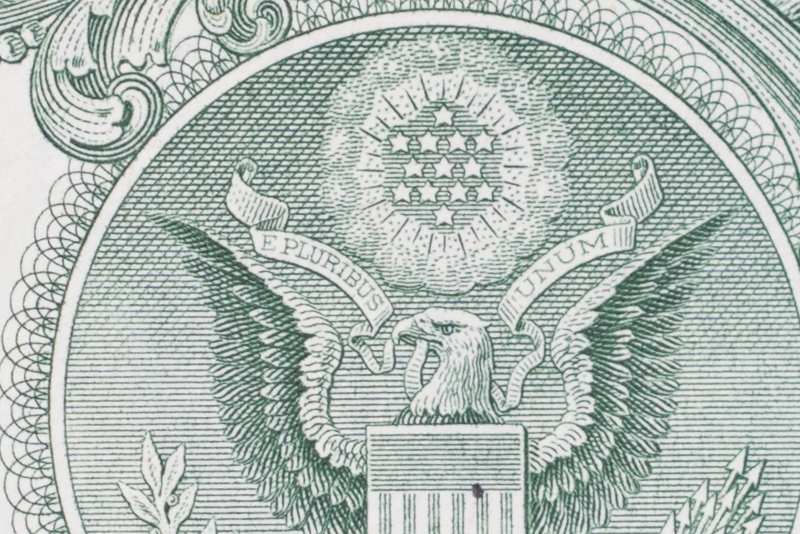
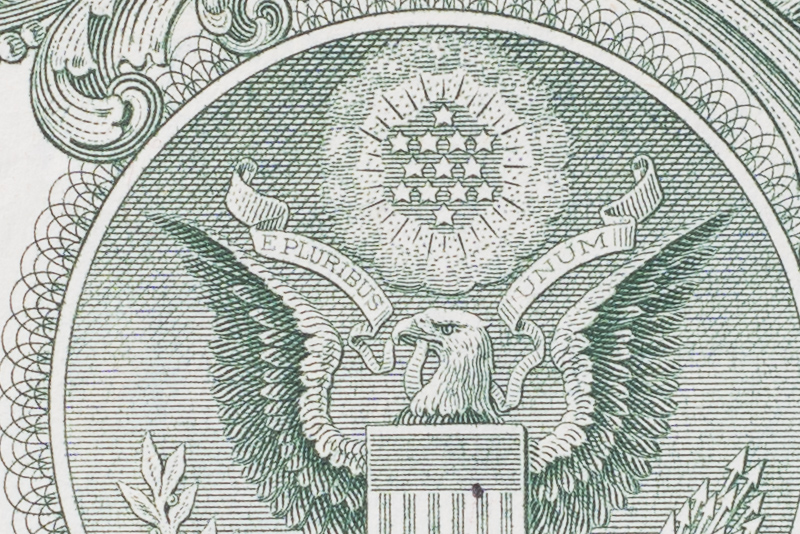
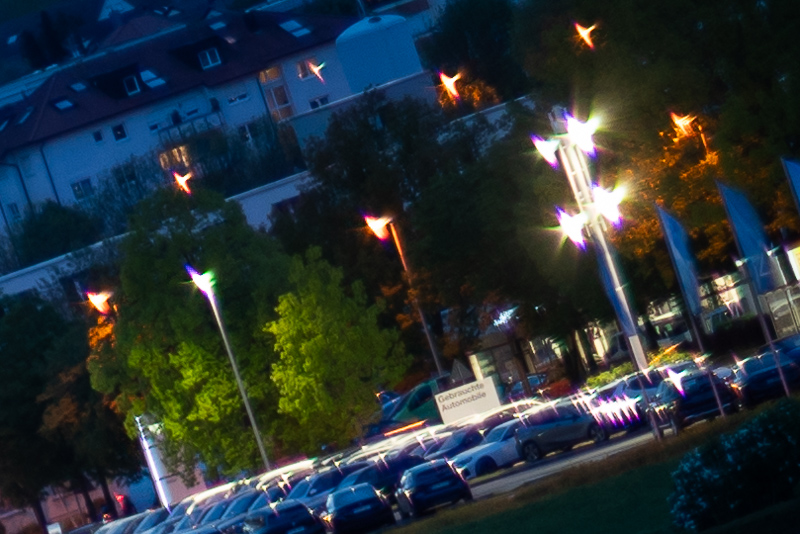
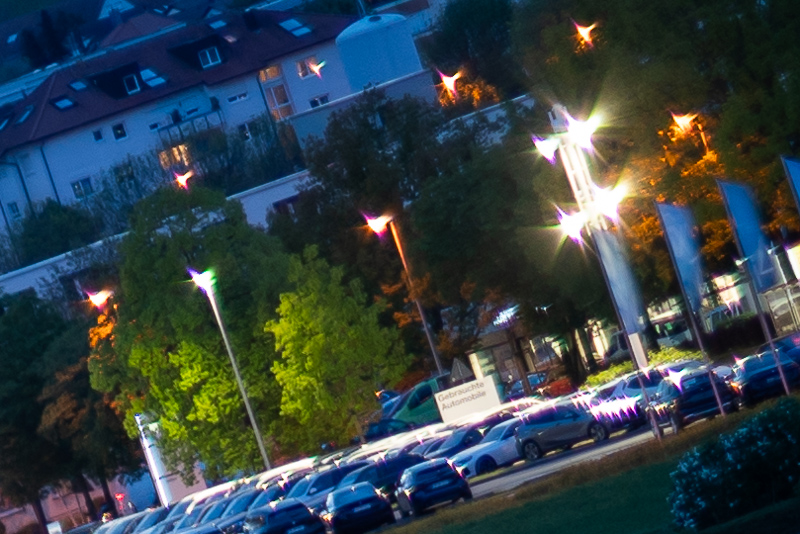
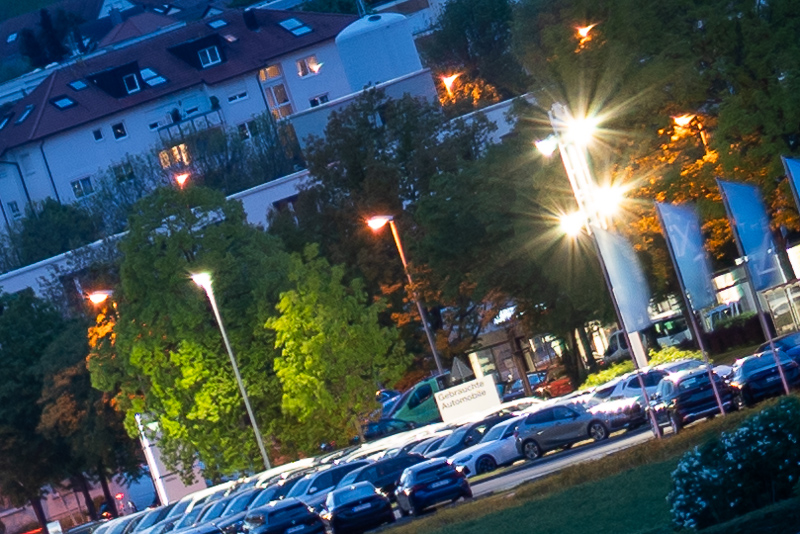
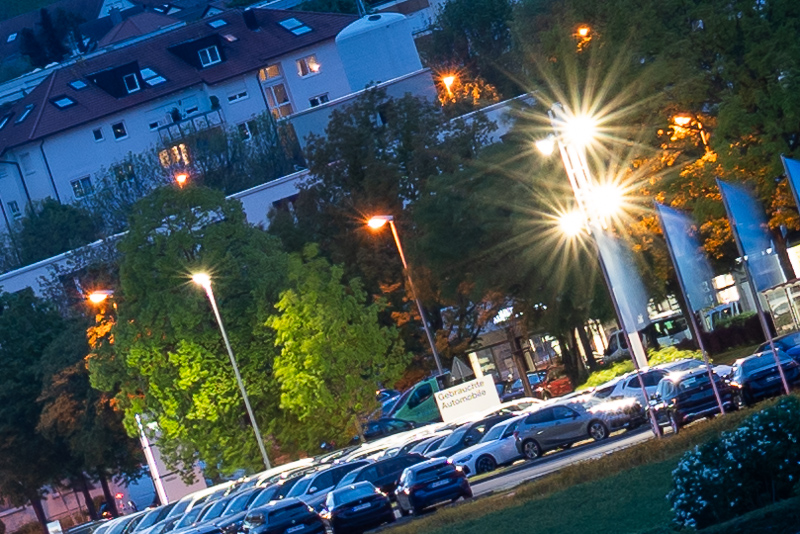
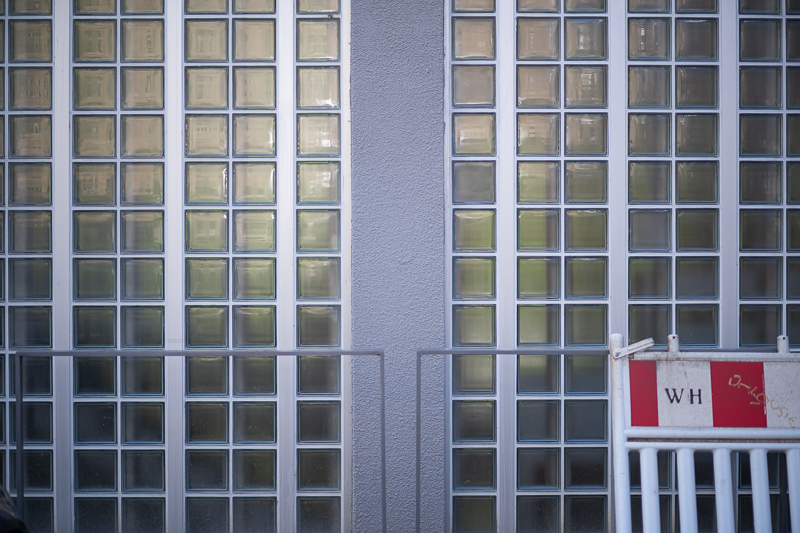


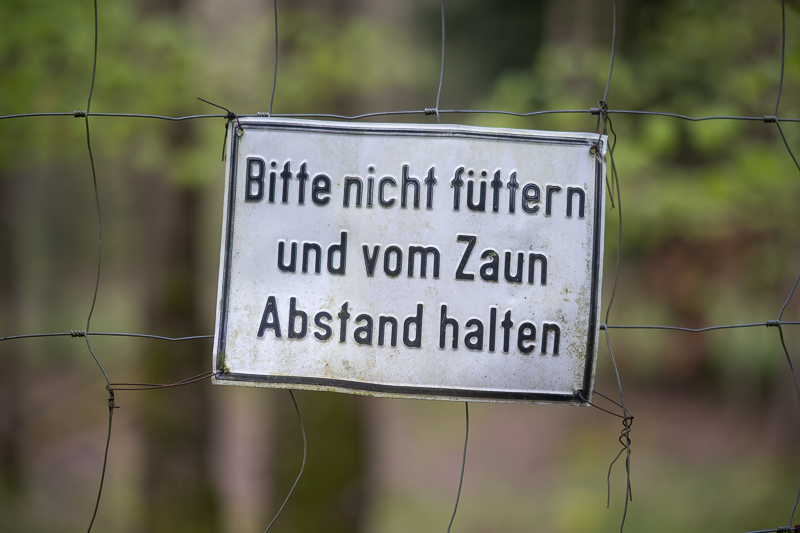
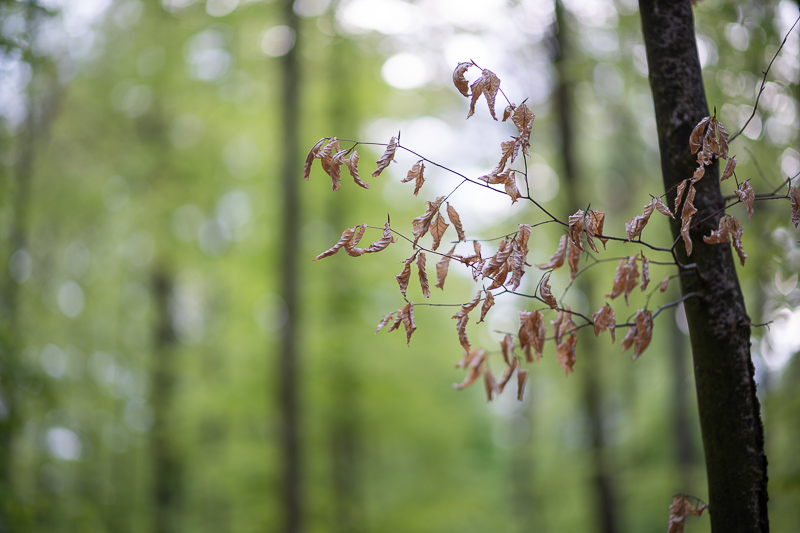
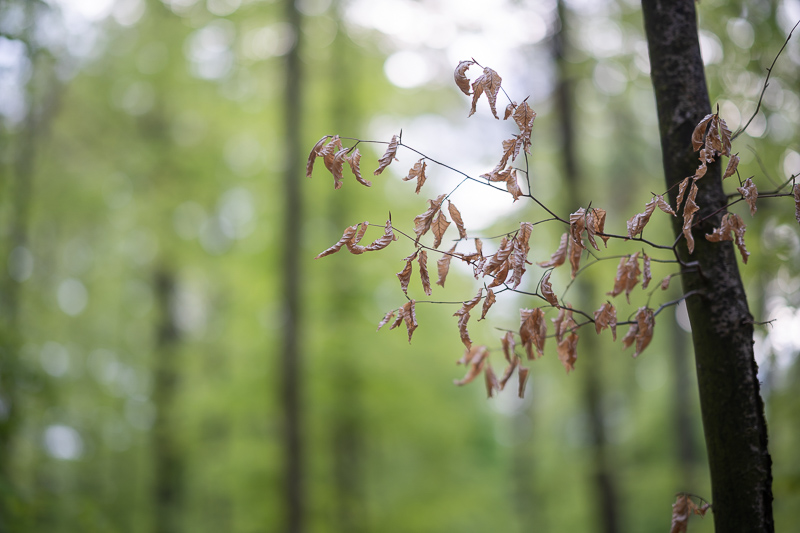
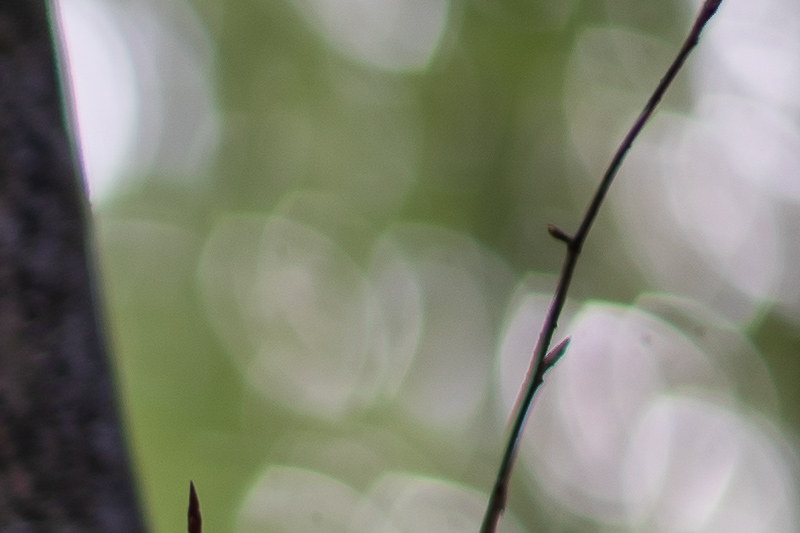

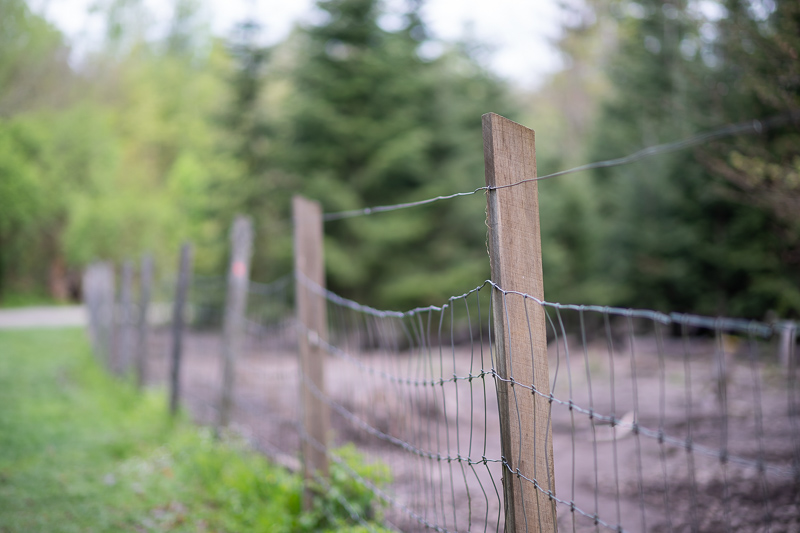
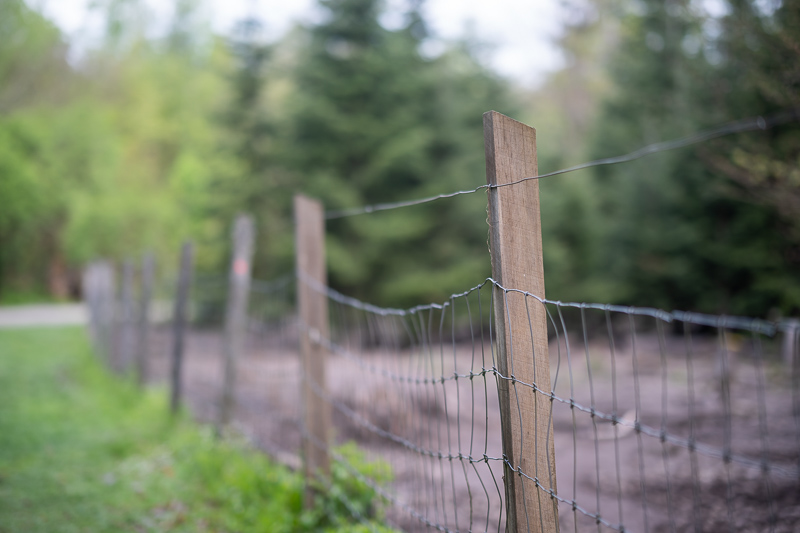
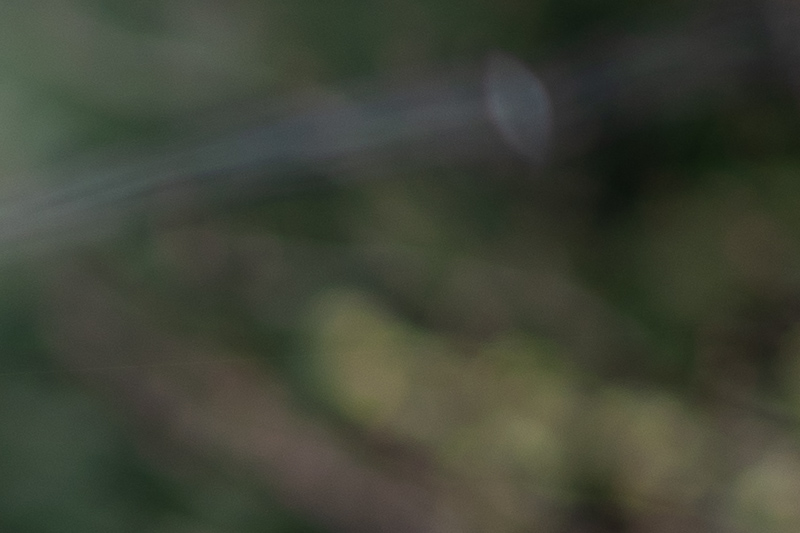
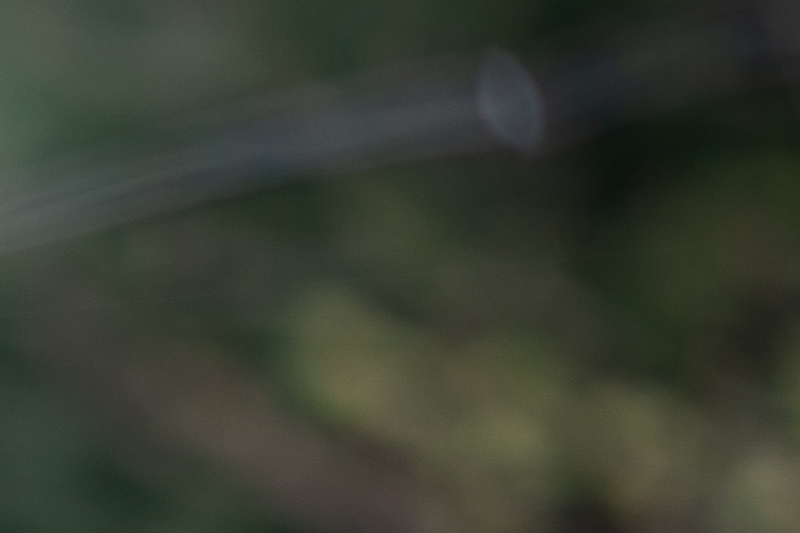


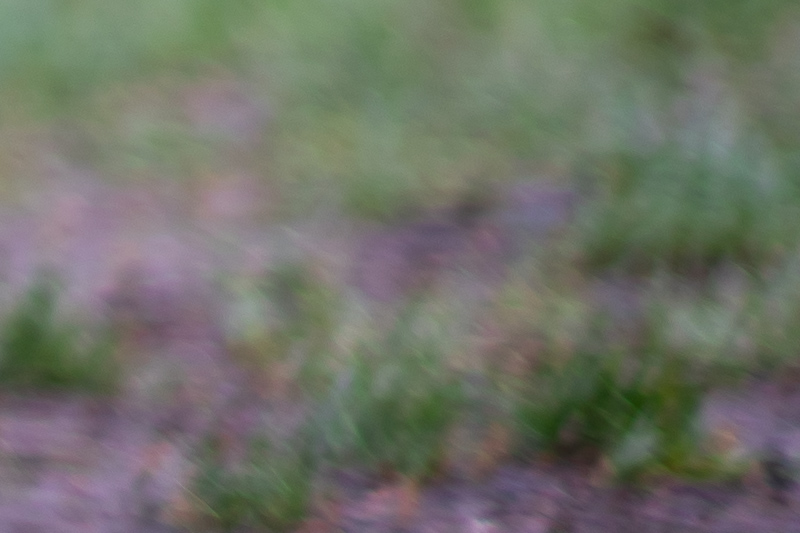



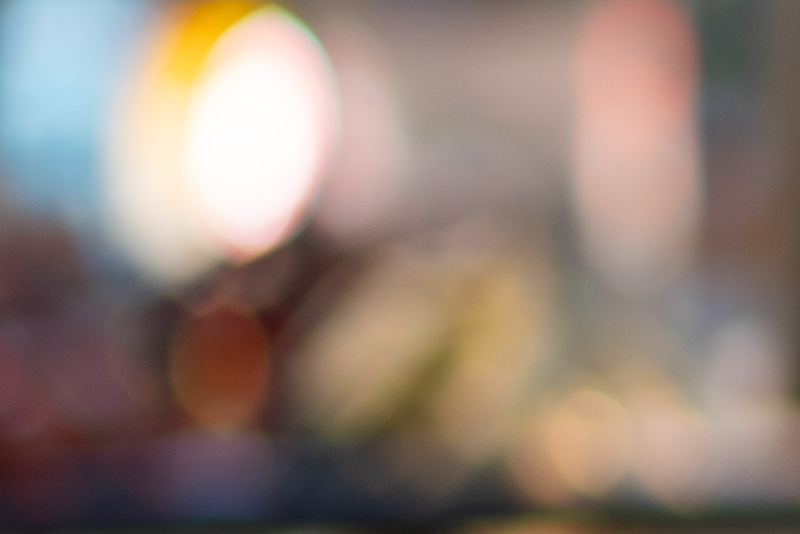
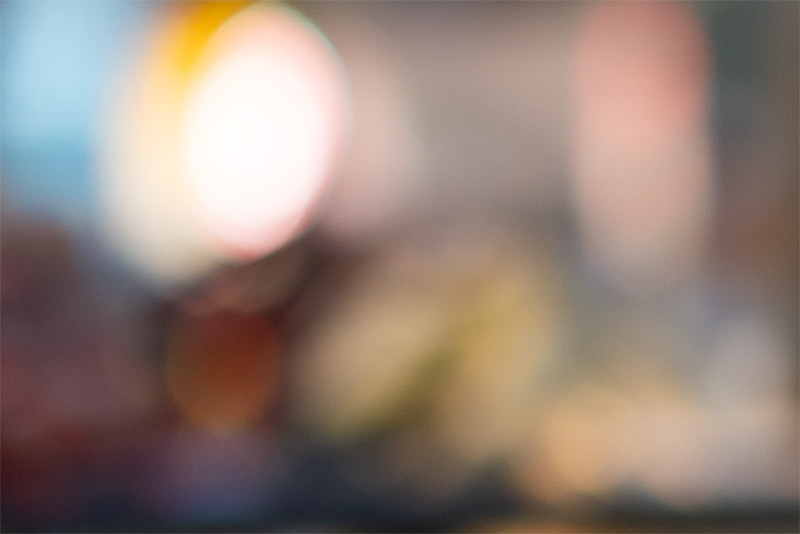
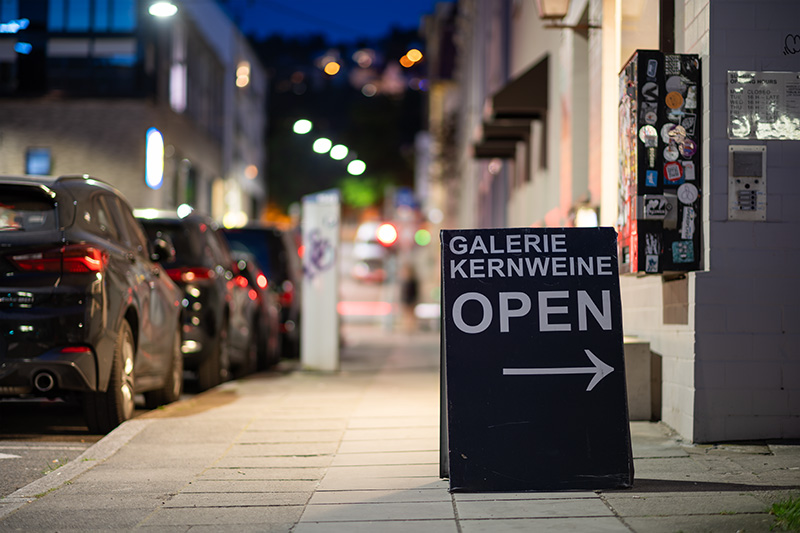
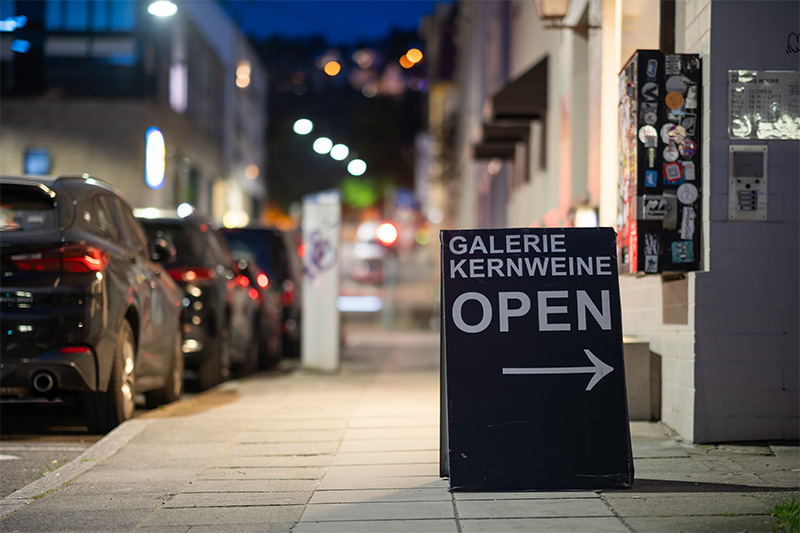
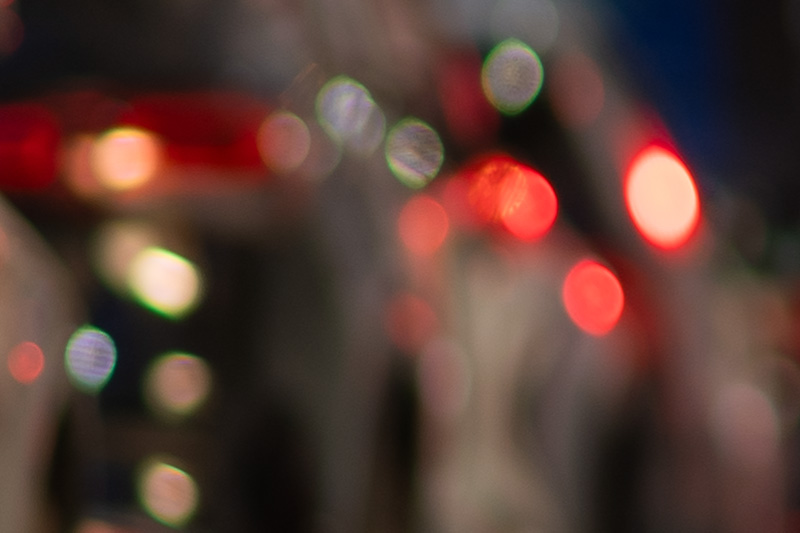
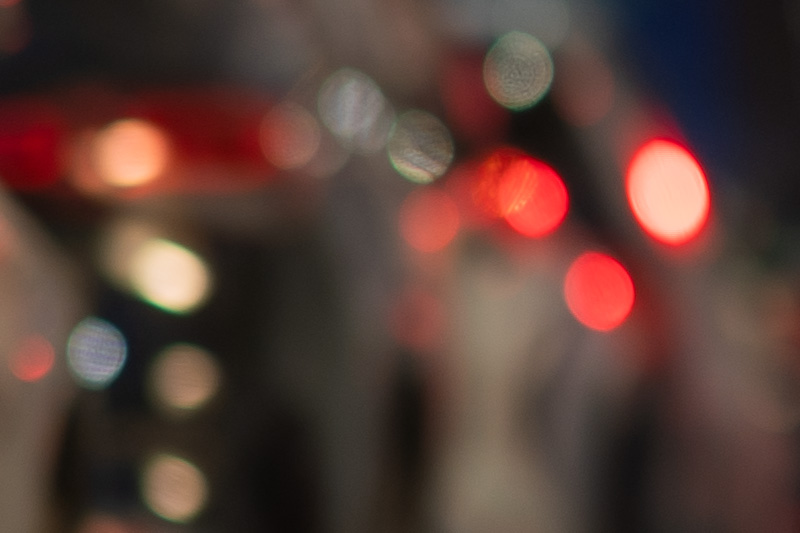
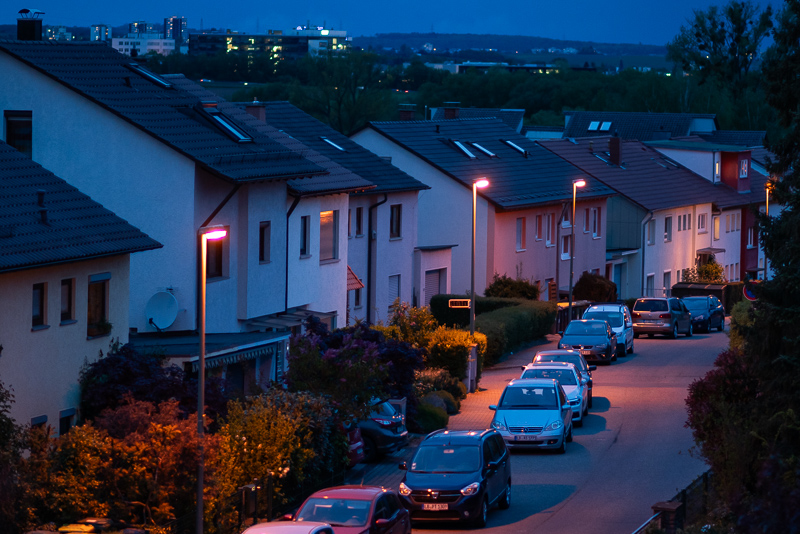
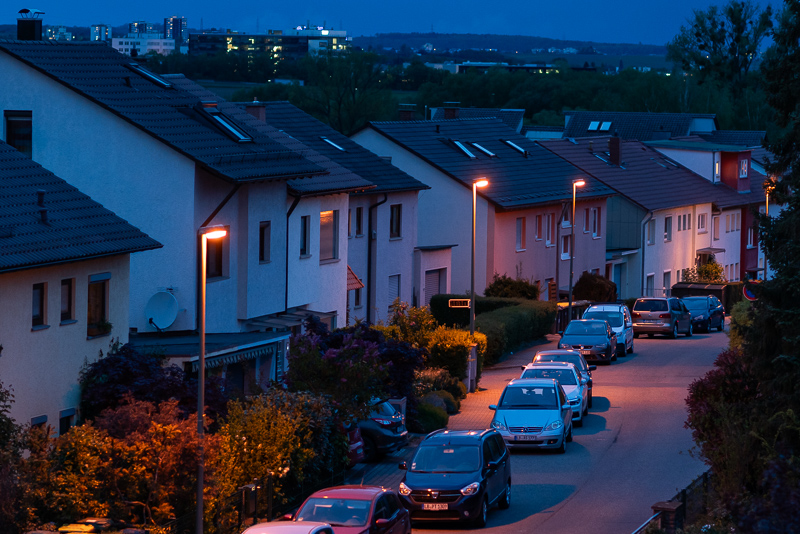
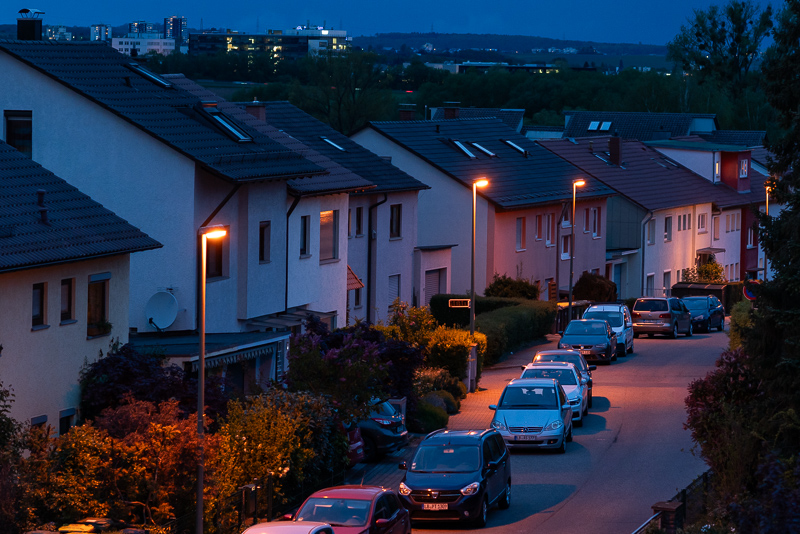
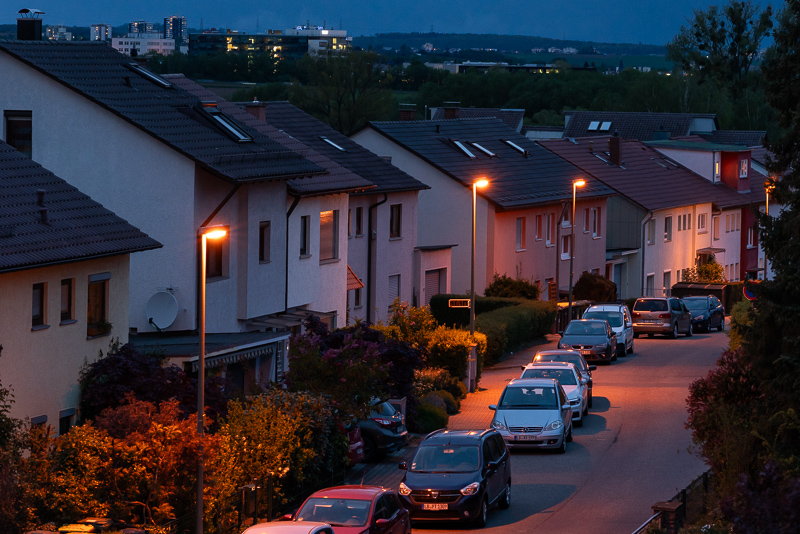
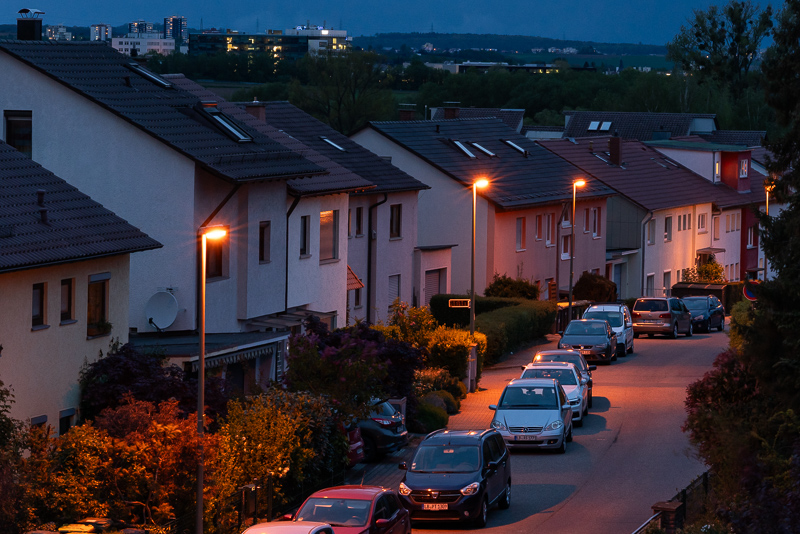
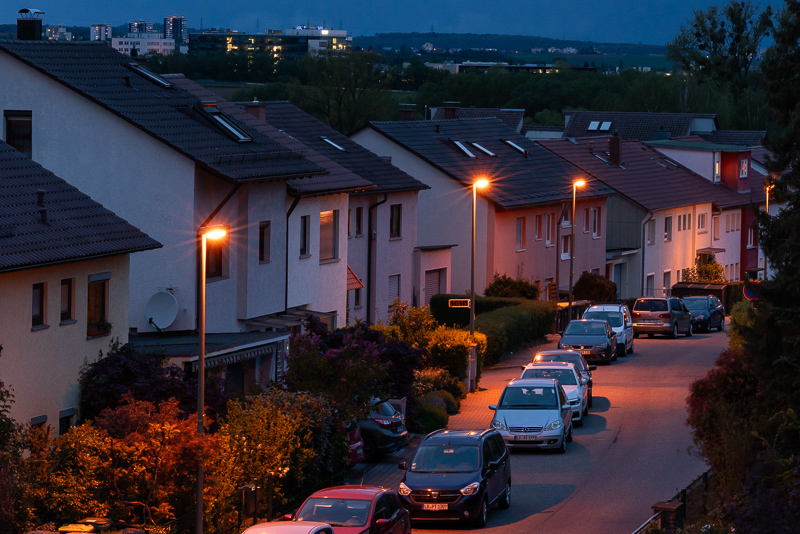
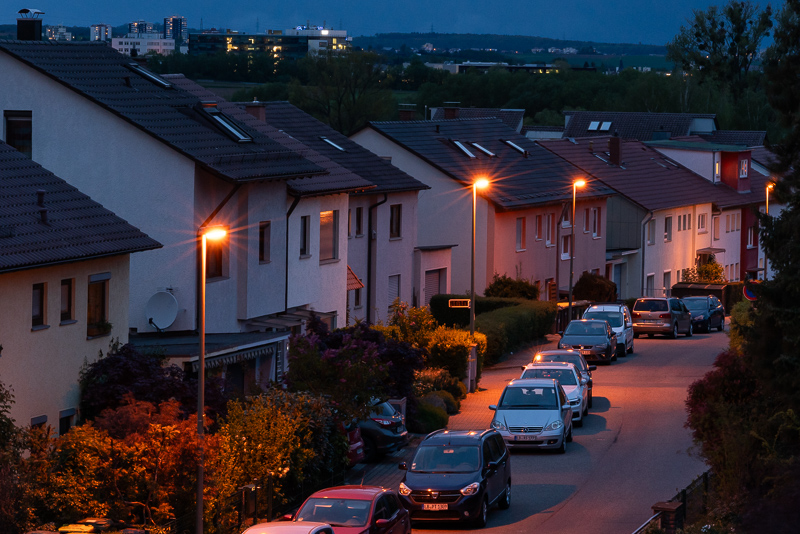

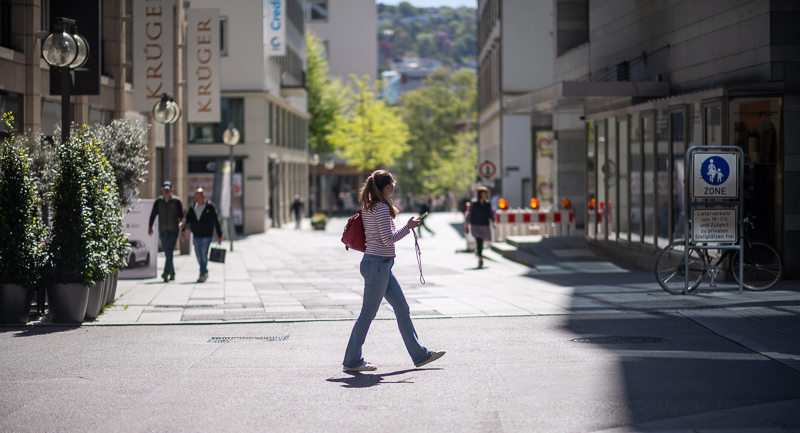

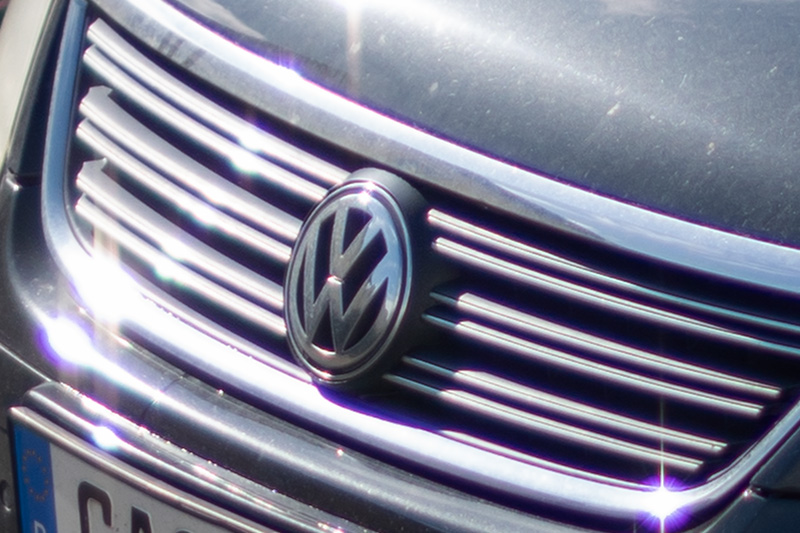
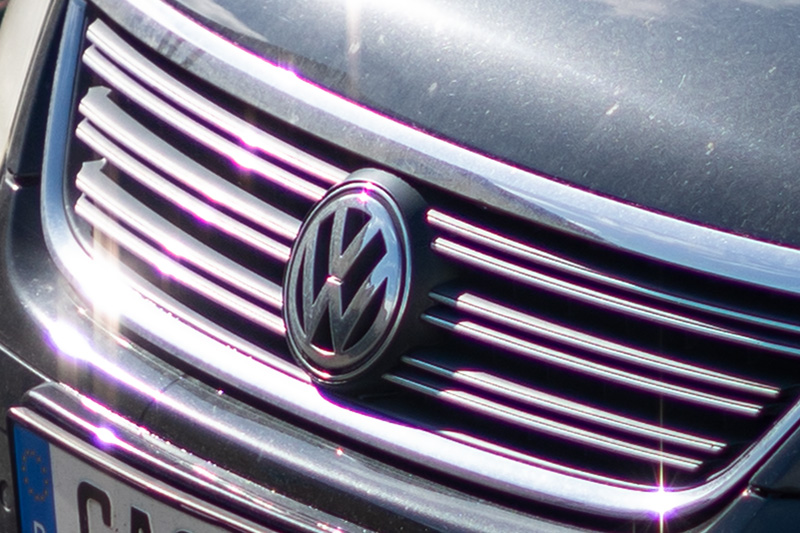
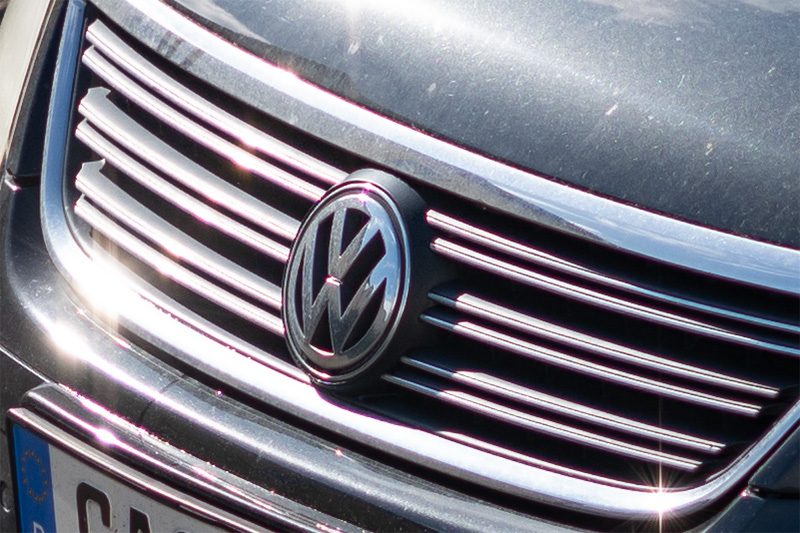
Very nice review, your rendering comparisons are still second to none and quite illustrative. This Nikon is impressive for being a 15 year old design TBH.
Thanks for the review, and a moment of nostalgia)
My position.
85 f / 1.4G was certainly not the best portrait lens after the release of 58 f / 1.4G, and the leadership took Z58 f / 0.95. However, the question of which lens for portraits was before the release of 58 f / 1.4G remains controversial.
As for 85 f / 1.4G, I did not develop a relationship with it. To be honest, my biggest income came from reportage and wedding photography. I was a reportage wedding photographer, and I didn’t like taking staged photos.
Before the 85 f/1.4G was released, I had to choose between the 85 f/1.8D and the 85 f/1.4D for my D300. At that time, I already owned a 35 f/2D. A direct comparison showed that the 1.8D version was lighter, more compact, faster, had approximately equal sharpness and sufficient depth of field, and, most importantly for me at the time, was cheaper. In fact, I most often used the aperture in the 2.8-4 range.
Then the 1.4G version was released, and I was impressed by the slow focus speed on the D300. I finally gave up on the purchase when I conducted a blind test, and the participants chose the 1.4G version, especially when I closed the aperture to achieve the desired depth of field.
I switched to the 1.8G version when I purchased the D800 and exchanged it for my 1.8D with an additional payment. Once again, I had to choose between the 1.4G and 1.8G versions. Ultimately, the 1.8G version proved to be sharper, lighter, faster, smaller, and more affordable. As for the bokeh, it was quite variable.
For me, the 85 f/1.4G became a status symbol that was too expensive. Nikon released a version of the 1.8G that was too good!
Thanks for another excellent review! Samples are lovely as usual as well. Would be very interesting to see how the AIS version with 7/5 formula performs. And, of course, the 85/1.2 S!!
Yeah definitely interested in having a look at the 85mm 1.2 Z.
My sentence on that lens is “It is the best lens I have that sucks.”
When used in the ways that it is good it is the best lens you have. Models look good, background looks heavenly, and you don’t get any of the weirdness you can sometimes have with lenses that have aspherical elements. Outside, inside, with flash, without; as long as your subject is pretty big in the frame it will look good.
As a general purpose lens at 85mm, it is terrible. It fringes, it has CAs, it isn’t really that sharp; I would use either Nikon 24-120 F4s set at 85 mm in most situations before I grabbed for the 85 1.4G.
If you are a Z shooter, my rec would be to have the 24-120 F4 and keep the 85 1.4G (it is cheaper than the 1.2 and the rendition is superior to the Z 1.8S in my opinion and experience) in your bag and grab it for a few frames just in case.
Patrick, hi! I didn’t have the opportunity to compare the Z85 f/1.8S and 85 f/1.4G on the same camera at the same time. However, I did manage to compare the Z85 f/1.8S with the 85 f/1.8G and the 85 f/1.8G with the 85 f/1.4G.
And you know, the Z85 f/1.8S is really better! Everything I didn’t like about the 85 f/1.4G was fixed in the Z85 f/1.8S.
The sharpness is amazing! The sphaerochromatism is minimal, and the focus is fast.